- Practical and roomy like all other Foresters
- Reasonable off-road ability
- Quiet and comfortable to drive
- Engine only adequate in performance and economy
- Expensive servicing and 12,500km intervals
- Missing some features that rivals offer
Originally launched in 1997, the Subaru Forester has long been one of the most dependable and rugged mid-size SUVs on the market. Despite competitors offering more stylish, less capable and less practical offerings, the Forester has continued true-to-form as a utilitarian, practical and reasonably off-road capable car that has won it many fans – it’s Subaru’s most popular product locally and globally as well, after all. The 2022 Subaru Forester 2.5i-S was recently revised with a new look and new technology, so is it the same Forester we all know and love? Let’s find out.
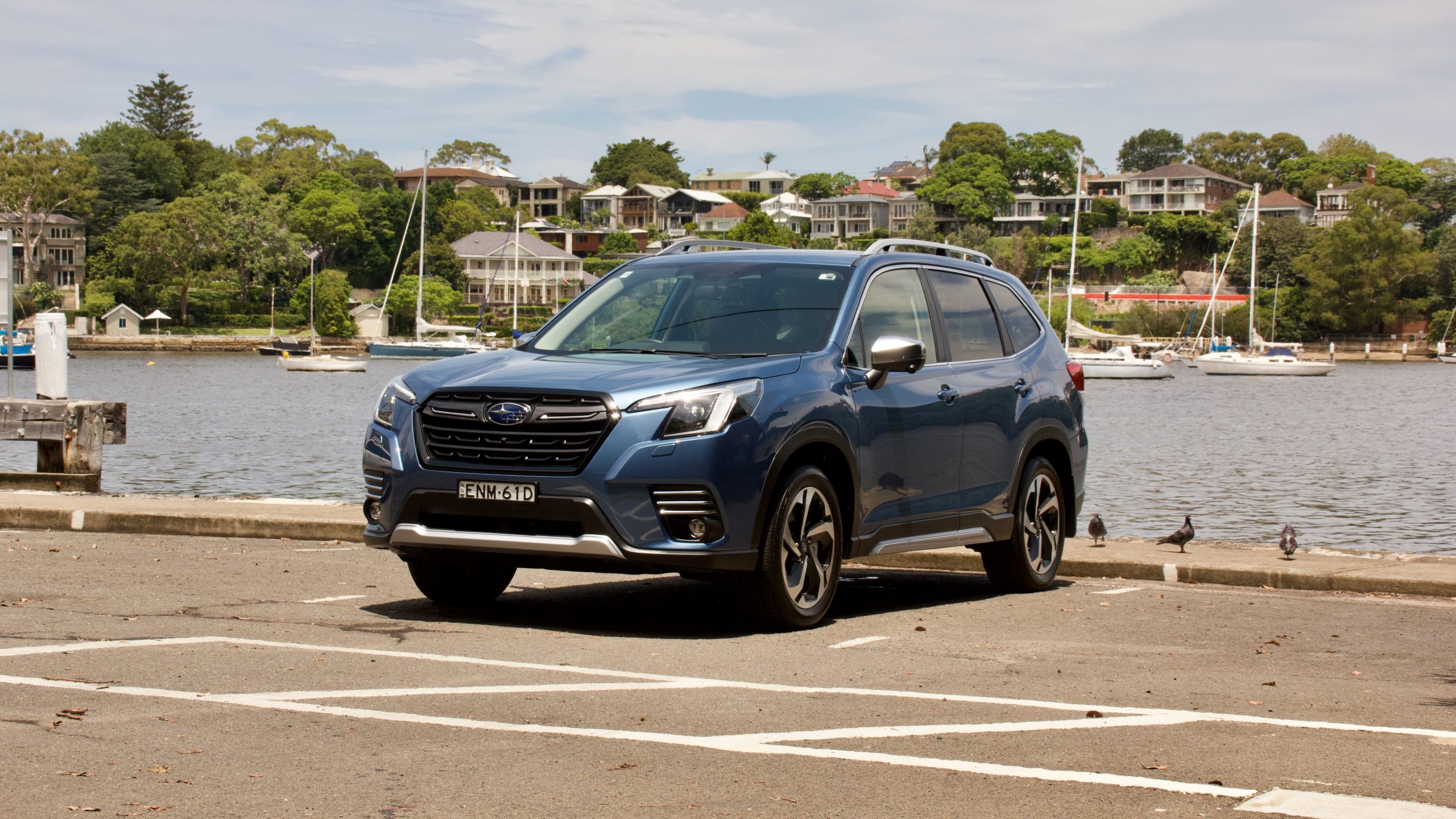
There were only a handful of competitors when the Forester launched but nowadays, this segment has plenty of action. Competitors include the Toyota RAV4, Mazda CX-5, Hyundai Tucson, Kia Sportage, Volkswagen Tiguan, Mitsubishi Outlander and Nissan X-Trail.
Price & Equipment: 8/10
The Forester range starts at $35,990 plus on-road costs (around $41,000 drive away, depending on your location) for the entry-level 2.5i and we tested the top of the range 2.5i-S in petrol form, which is priced at $44,190 plus on-road costs (around $50,000 drive away). Buyers can spend more by choosing the same trim level but as a 2.0-litre hybrid, with the Forester Hybrid S priced at around $53,000 drive away.
Around the $50,000 drive away mark for a top-spec mid-size SUV is pretty good value for money, and the Forester 2.5i-S is well equipped for the money as well. Standard equipment includes 18-inch alloy wheels, LED headlights, auto lights and wipers, a panoramic sunroof, leather upholstery, 10-way electrically adjustable front seats with driver’s memory functionality, heated and auto-folding mirrors, keyless entry and start, an 8.0-inch touchscreen with wired Apple CarPlay and Android Auto, satellite navigation, digital radio, a eight-speaker Harman Kardon sound system, heated front seats, four USB-A ports, rear vents and an arm rest, an electric tailgate and Subaru’s ‘X-Mode’ off-road system with hill descent control.
Safety equipment includes six airbags, auto emergency braking (AEB), adaptive cruise control with stop and go functionality, lane keep assist with lane trace assist, blind-spot monitoring with rear cross-traffic alert, driver attention monitoring, reverse auto braking, Matrix high beam functionality for the headlights, front and rear parking sensors and front, left-hand side and reversing cameras.
It’s a well equipped car but it does miss out on a few features that competitors offer – a digital driver’s display, lumbar adjustment for the front seats, cooled front seats, heated rear seats, an auto-dimming rear mirror, a full 360-degree camera, a heads-up display, wireless smartphone mirroring and a wireless phone charger are all not available.
Subaru offers a wide range of colours for the Forester, all at no extra cost. Colour choices include ‘Crystal White Pearl’, ‘Ice Silver’, ‘Brilliant Bronze’, ‘Crimson Red’, ‘Autumn Green’, ‘Cascade Green’, ‘Magnetite Grey’, ‘Crystal Black’ and our test car’s ‘Horizon Blue’. Interior colour choices include black or light grey, and both are available on each colour choice.
We think the chief competitors to the Forester 2.5i-S are the Toyota RAV4 Edge (around $56,000 drive away) and the new Mazda CX-5 Touring Active (around $48,000 drive away). Both competitors have more of an off-road theme to them, like the Forester, and they both offer a high level of standard equipment, though the Forester is better value than both as it’s around $6,000 less than the RAV4, and better equipped than the CX-5.
Performance & Economy: 7/10
Under the bonnet of the 2022 Subaru Forester 2.5i-S is a ’90 per cent new’ 2.5-litre naturally aspirated four-cylinder petrol engine that produces 135kW of power (at a high 5,800rpm) and 245Nm of torque (at 4,400pm). It’s matched to a CVT automatic transmission with eight stepped ratios as standard and, naturally for a Subaru that isn’t a BRZ, is only available with Subaru’s constant all-wheel drive system.
Like the Mitsubishi Outlander that we tested recently, we’d describe the Forester’s performance as adequate. With a claimed 0-100km/h sprint time of 9.1 seconds, the Forester is certainly not going to win any drag races but it will be totally fine for most owners. The engine itself displays the typical Subaru boxer noise, and while the CVT transmission can flare from a standstill, it displays a relaxing experience at reasonable pace – but a turbocharged option (such as the 130kW/300Nm 1.8-litre unit on sale in Japan) would be quieter, punchier and thriftier on fuel.
Speaking of fuel consumption, Subaru claims that the Forester 2.5i-S will use 7.4L/100km on a combined cycle, and we recorded 10.3L/100km. It will run on 91RON regular unleaded and it has a 63-litre fuel tank. If you’re looking to tow, the Forester can tow a 1,800kg braked trailer with a 180kg maximum towball down weight.
We wish that Subaru would implement the WRX’s new 2.4-litre turbocharged petrol engine in the Forester to create a reborn Forester XT. Pigs flying are more likely, but we believe there to still be quite a market for a properly sporty Forester, as there has been with all pervious generations of the car. While the 2.5L engine in the current model is adequate, it’s never exciting and because of its lack of grunt, overtaking manoeuvres can be quite loud as the engine has to work hard. More to the point, the WRX is built on the same platform as the Forester, meaning that it’s already essentially engineered for the engine. C’mon, Subaru?
Ride & Handling: 8/10
Based on the same ‘Subaru Global Platform’ underpinnings as other Subaru models, the 2022 Subaru Forester 2.5i-S is certainly not like sporty Foresters of the past. But it’s a quiet, comfortable and somewhat relaxing car to drive. A RAV4 certainly rides better, and a Mazda CX-5 handles better, but the Forester treads a comfort-orientated line that will suit its buyers well. Like the Mitsubishi Outlander that we recently tested, the Forester’s ride quality is soft and a quick set of bumps can unsettle it.
Aside from the soft ride, the Forester is fine dynamically. The steering has a bit of weight and feel to it, and the handling is okay, but nothing special. Its visibility is excellent thanks to a tall glasshouse and thin pillars, while road noise levels are nicely low as well. Subaru’s active safety systems are well tuned but very sensitive – if you so much as look out the window, the car beeps at you to tell you to watch the road. Very George Orwell’s ‘Nineteen Eighty-Four’.
What gives the Forester somewhat of a unique selling point in this segment is its reasonable off-road ability. It won’t be able to climb Mt Everest, but it can handle much more than most competitors can off road. Part of that is the 220mm ground clearance – nothing on proper off-roaders, but 25mm more than the RAV4 Edge – and Subaru’s ‘X-Mode’ all-wheel drive system, which tunes a number of parameters such as throttle response and transmission mapping for better off-road driving ability.
Aside from normal mode, snow/dirt and deep snow/mud modes are available to select, as well as hill descent control, depending on where you’re driving. While it’s not the ‘Terrain Response’ system that’s employed in Land Rover products, X-Mode offers more adjustability than the vast majority of competitors that are mostly front-wheel drive and engage the rear wheels only when slip is detected. If you’re planning on taking your mid-size SUV off the beaten track, the Forester is the best option this side of the Jeep Cherokee Trailhawk in the segment, in our opinion.
Interior & Practicality: 9/10
Like all Subaru products, the 2022 Subaru Forester’s interior is thoroughly practical and spacious, if not terribly stylish. But the quality is great with lots of soft touch materials covering most of the cabin, there’s a reasonable amount of tech with a big touchscreen and secondary display screen at the top of the dashboard and the visibility is easily best in the segment.
Unlike some Subaru models over the past few decades, quality inside the Forester’s cabin is generally quite good, though not to the same highs of the Mazda CX-5, but definitely superior to the RAV4. The dashboard and front doors are mostly soft to the touch, with good quality leather on the seats and steering wheel. The stitched dashboard is a nice touch, as is the soft touch centre console trim for easy leg resting.
Standard from the second-tier model upwards is an 8.0-inch touchscreen system that incorporates wired Apple CarPlay and Android Auto, satellite navigation with TomTom mapping and digital radio. It also has a CD player, which is rare in 2022. Like the rest of the cabin, the touchscreen is totally fine to use – it’s got a good quality screen and it’s easy, though it’s not particularly sophisticated. It does the job totally fine, and the eight-speaker Harman Kardon sound system is surprisingly punchy.
It’s a shame that the secondary screen – which is full of trip computer information – isn’t as easy to use, which matches the small screen in front of the driver, which also displays trip computer info. Why they can’t be integrated into one digital display in front of the driver is beyond us, but the cabin would look much cleaner if that happened. Another part of making the cabin cleaner would be to lessen the buttons – there are almost 40 buttons surrounding the driver, which is just too many. Some seem somewhat pointless, such as ‘SRH off’ – or turning off the cornering ability of the headlights. Why would you want to do that?
The Forester’s cabin is quite practical with a big glovebox, big door bins, two large cupholders, a tray ahead of the shifter and a big box underneath the centre armrest. The rear seat is well featured too with a centre armrest with cupholders, big door bins, sectioned map pockets, air vents and USB-A ports – though no heated seats or sun shades. It’s one of the roomiest back seats in the segment though, with ample head, knee and legroom for even six-plus footers.
The Forester’s boot measures in at a healthy 498-litres, which expands to a huge 1,740L with the rear seats folded flat. There are a few clever touches such as under floor storage (the boot cover blind will fit underneath), hooks, releases for the rear seats and even a full size alloy spare wheel.
Service & Warranty: 7/10
Like other Subaru products, the 2022 Subaru Forester 2.5i-S is equipped with a five-year/unlimited km warranty and 12 months of roadside assistance. The Forester’s service intervals are an unusual once yearly/every 12,500km, which is more than the CX-5’s 10,000km intervals but less than the 15,000km intervals enjoyed by the RAV4. Five years/62,500km of servicing the Forester costs $2,422.38 ($484.48 per service).
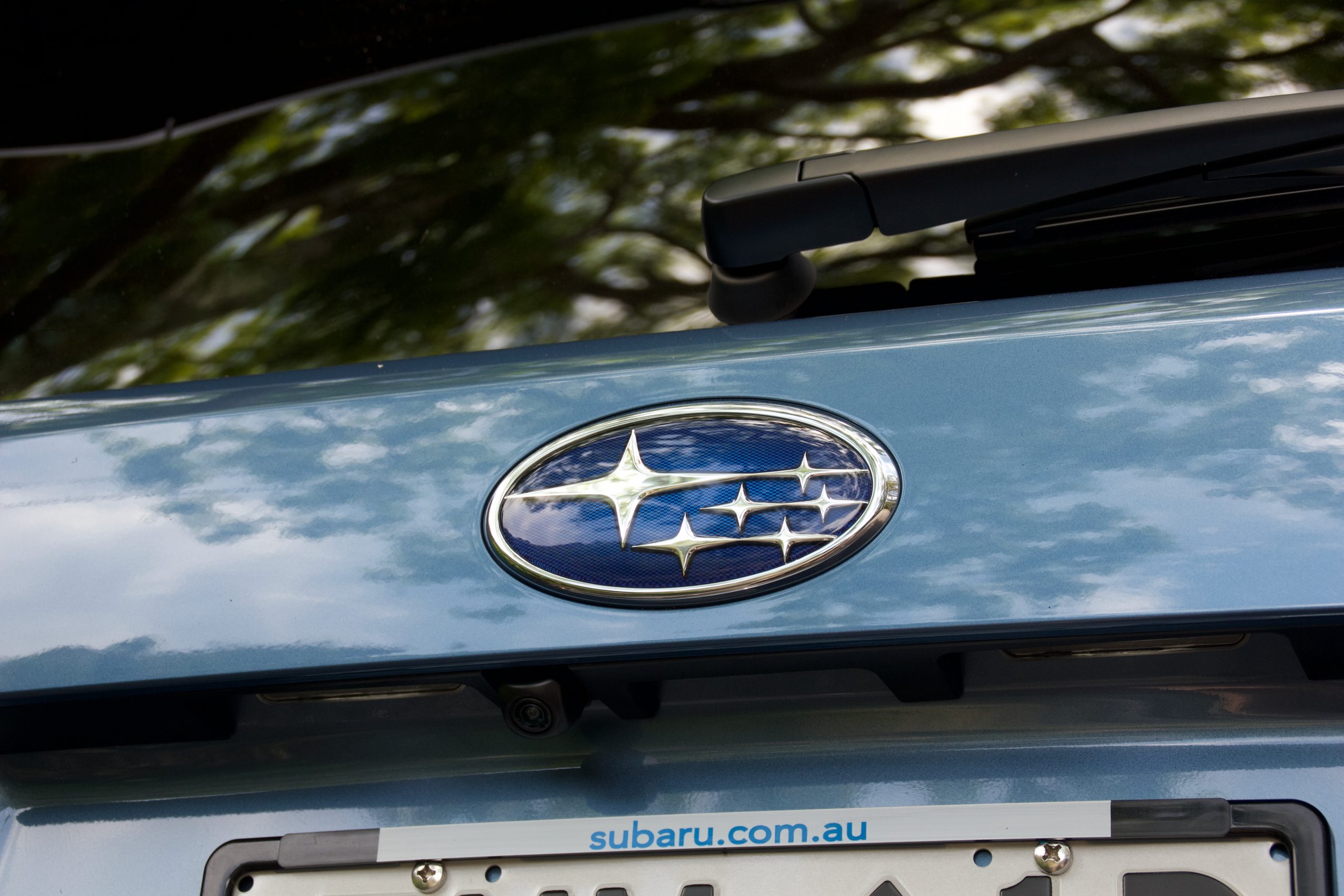
Both the CX-5 and RAV4 have five-year/unlimited km warranties as well, though the Mazda features five years of roadside assistance and the RAV4 has none at all. Five years/50,000km of servicing the CX-5 costs $1,895 ($379 per service) – only to 50,000km though – and the RAV4 costs $1,150 ($230 per service) over five years/75,000km.
The 2022 Subaru Forester 2.5i-S DiscoverAuto Rating: 7.8/10
In some ways, the 2022 Subaru Forester 2.5i-S does the traditional SUV thing better than a lot of rivals as its boxy, utilitarian shape unlocks a lot of practicality and usability that some rivals just do not offer. Its reasonable off-road ability, helped by Subaru’s ‘X-Mode’ all-wheel drive system and more ground clearance than a lot of rivals, and this no-nonsense attitude provides confidence knowing that the Forester would happily go further off the beaten track than its rivals.
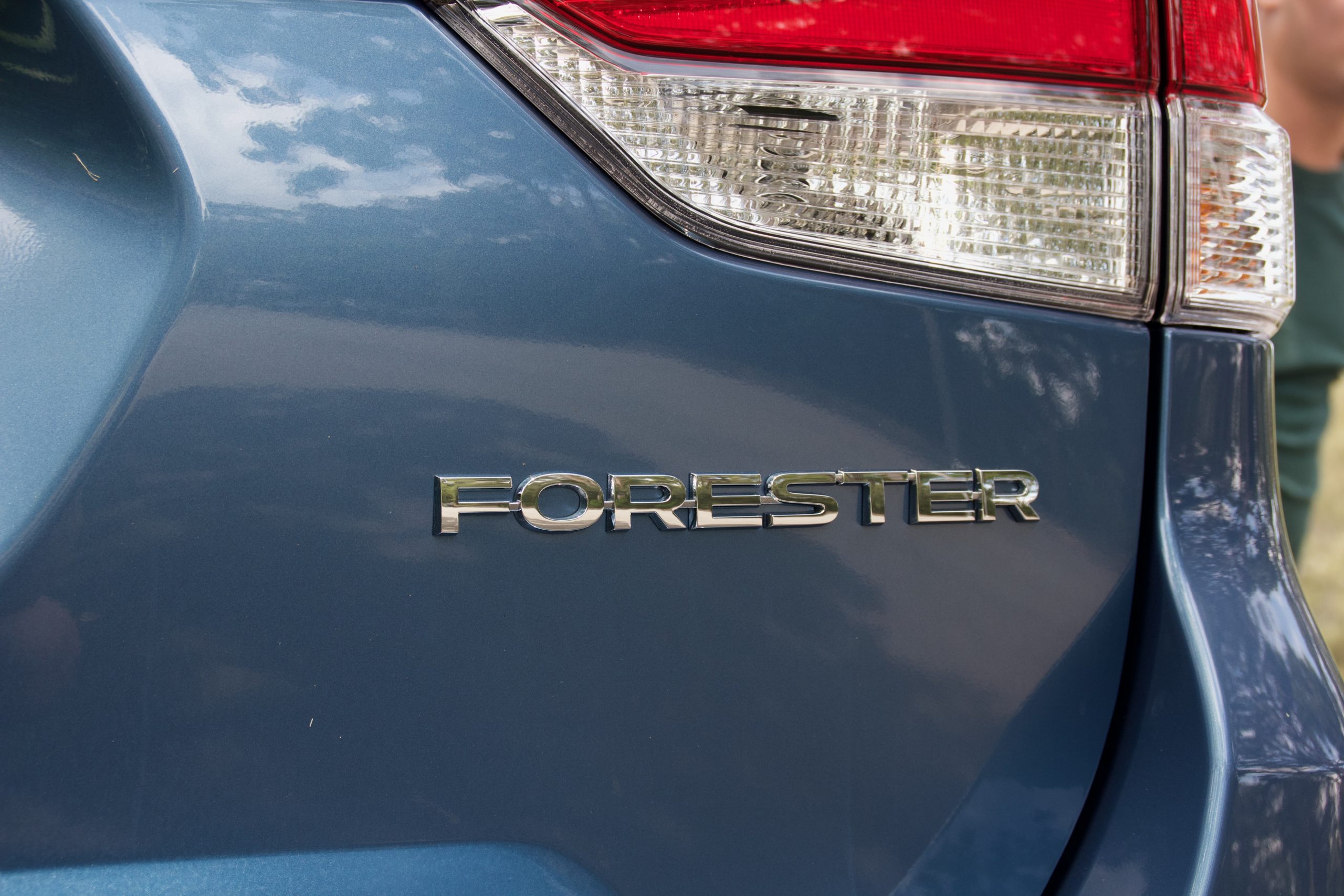
On the road, the Forester is comfortably beaten for driving fun and overall ride and handling balance. Its engine can be sluggish as well, it can be thirsty and its service costs are expensive. But aside from those issues, the Forester offers good value for money, an interior packed with equipment, a comfortable driving experience and the kind of dependability that Subaru buyers expect. With such qualities, it’s no shock that the Forester sells so well. But can we have a Forester turbo, please Subaru? Please?
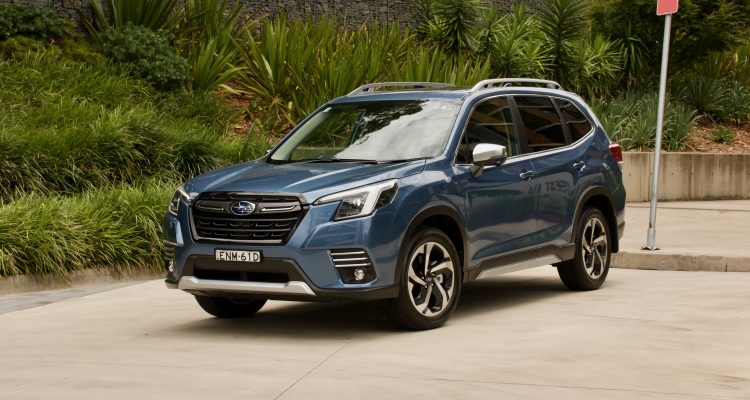
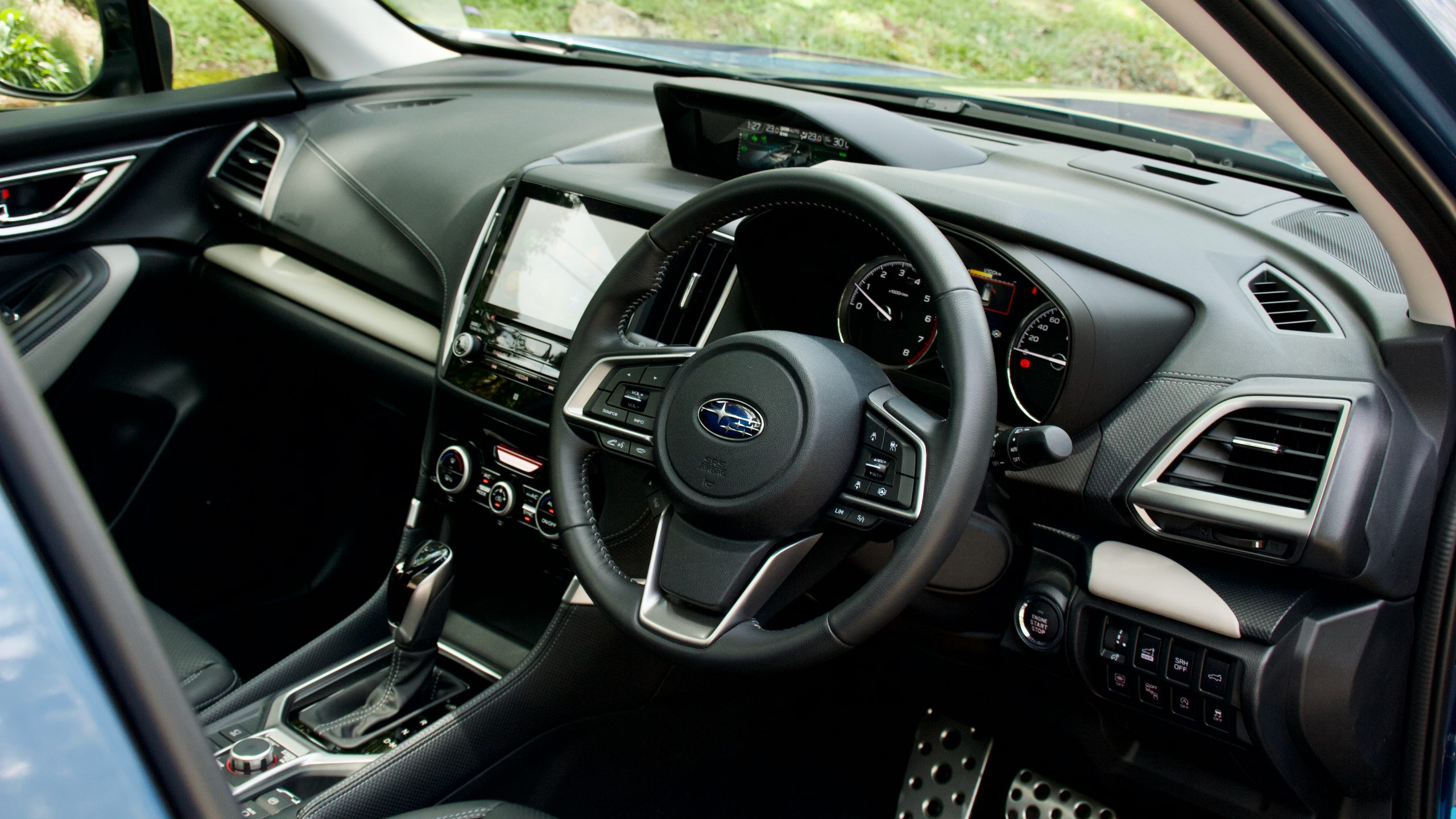
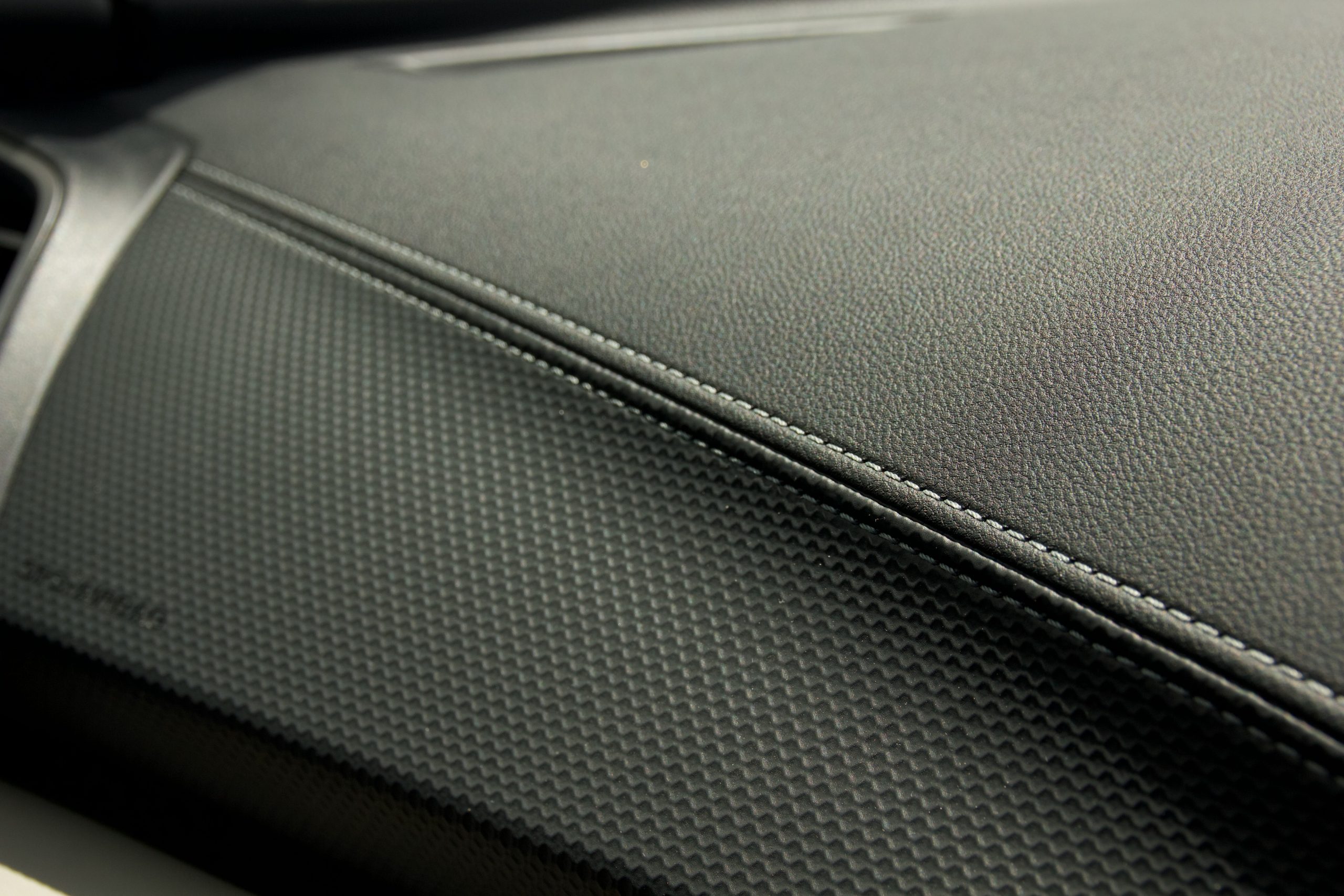
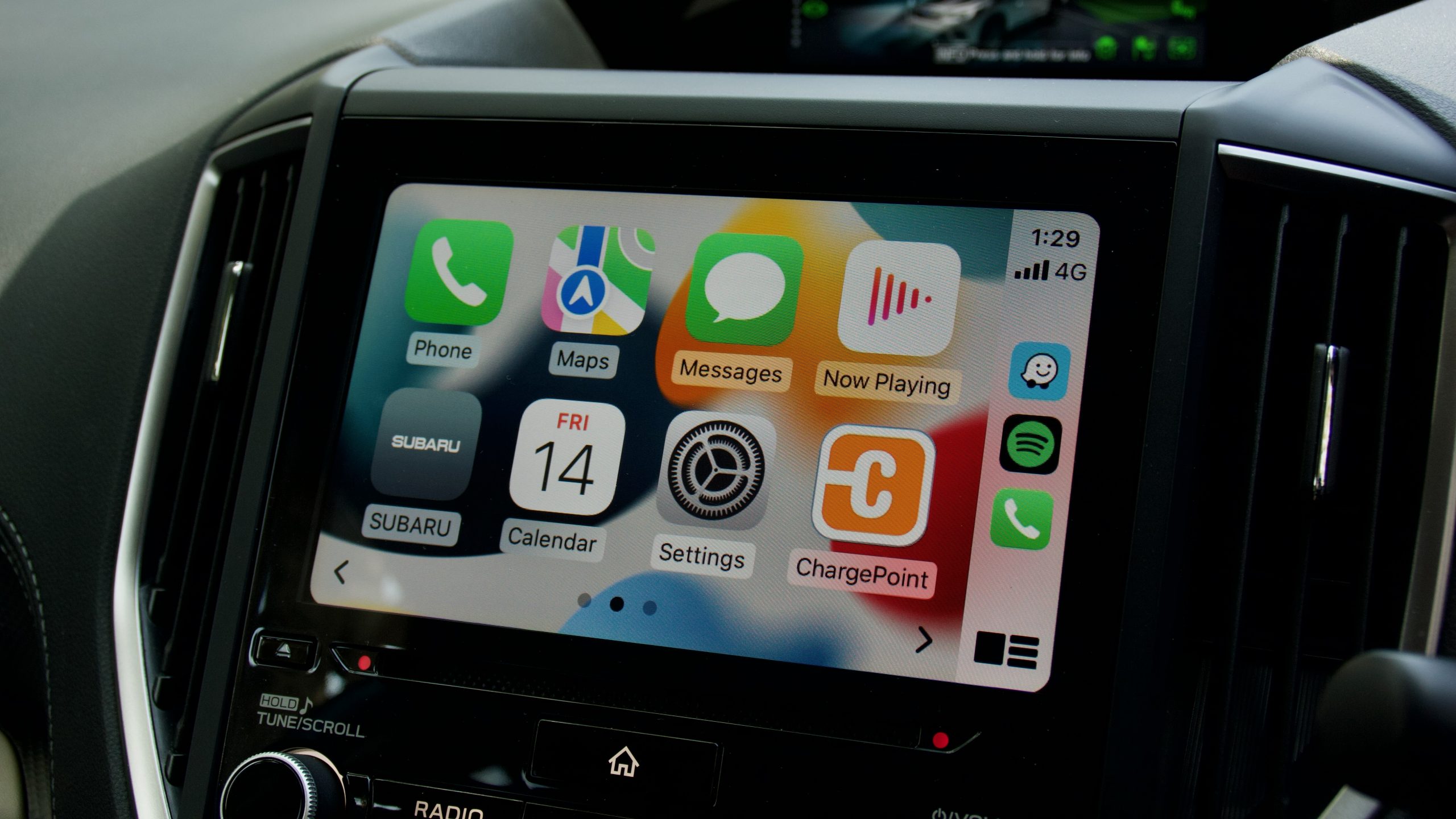
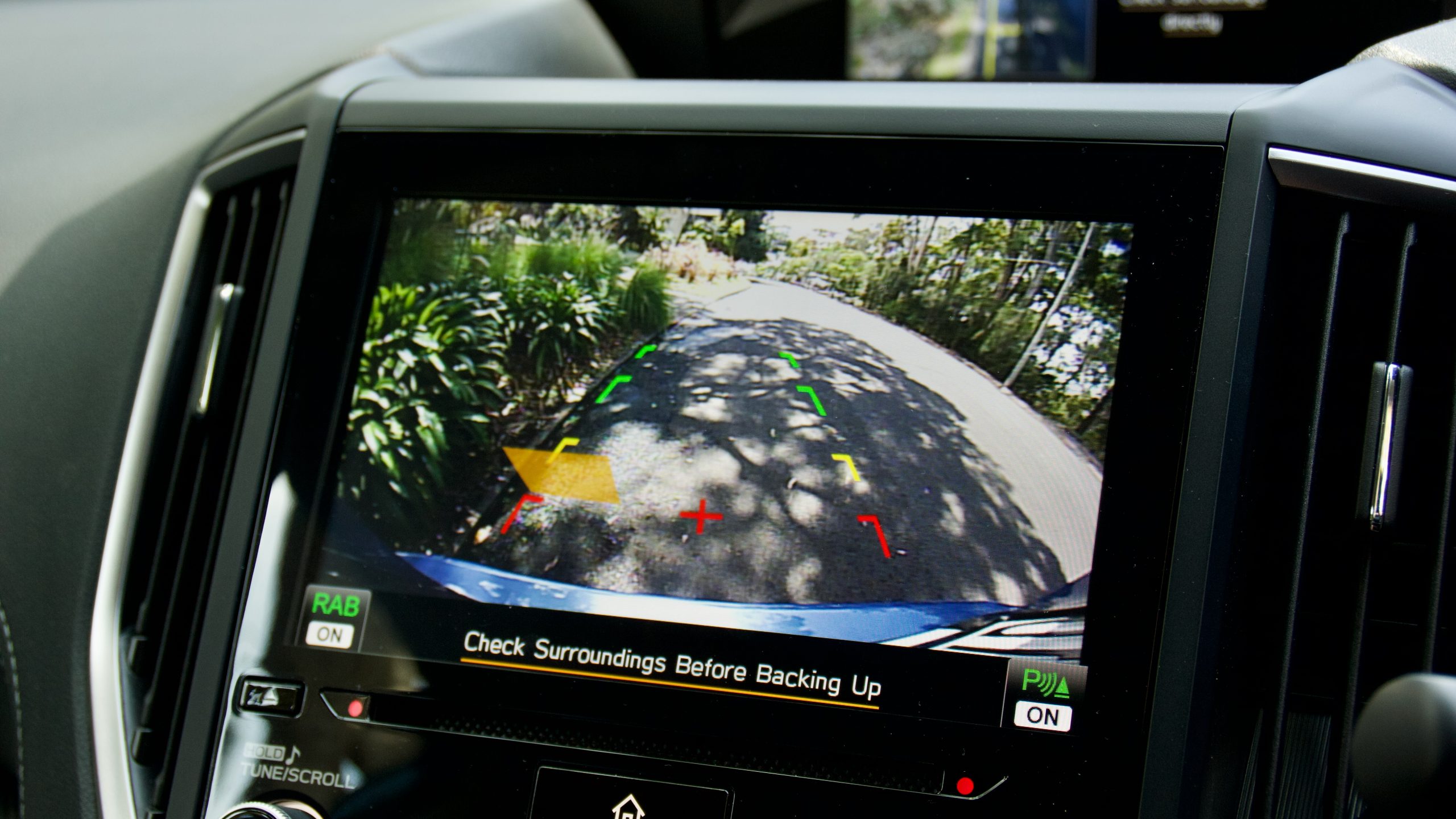
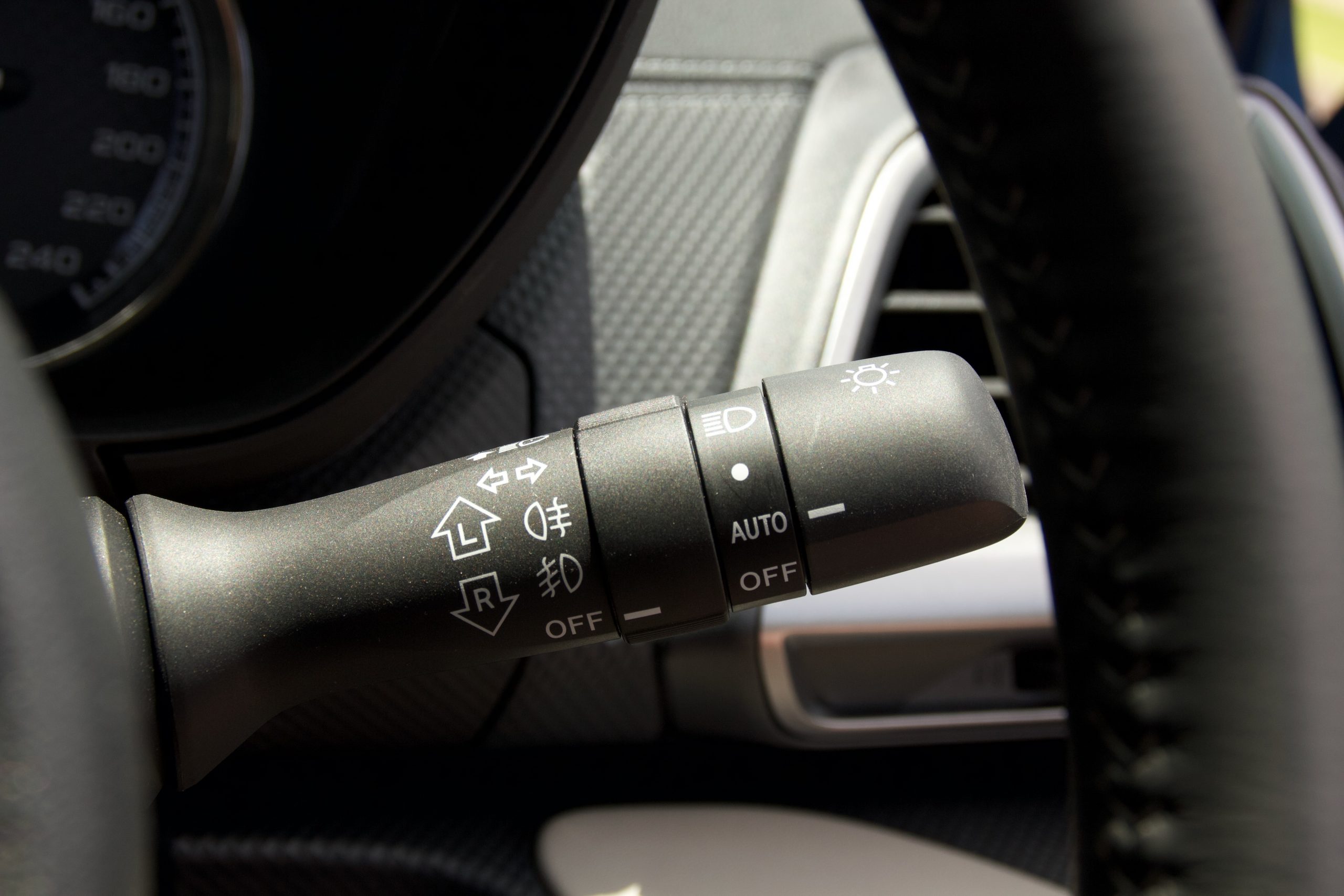
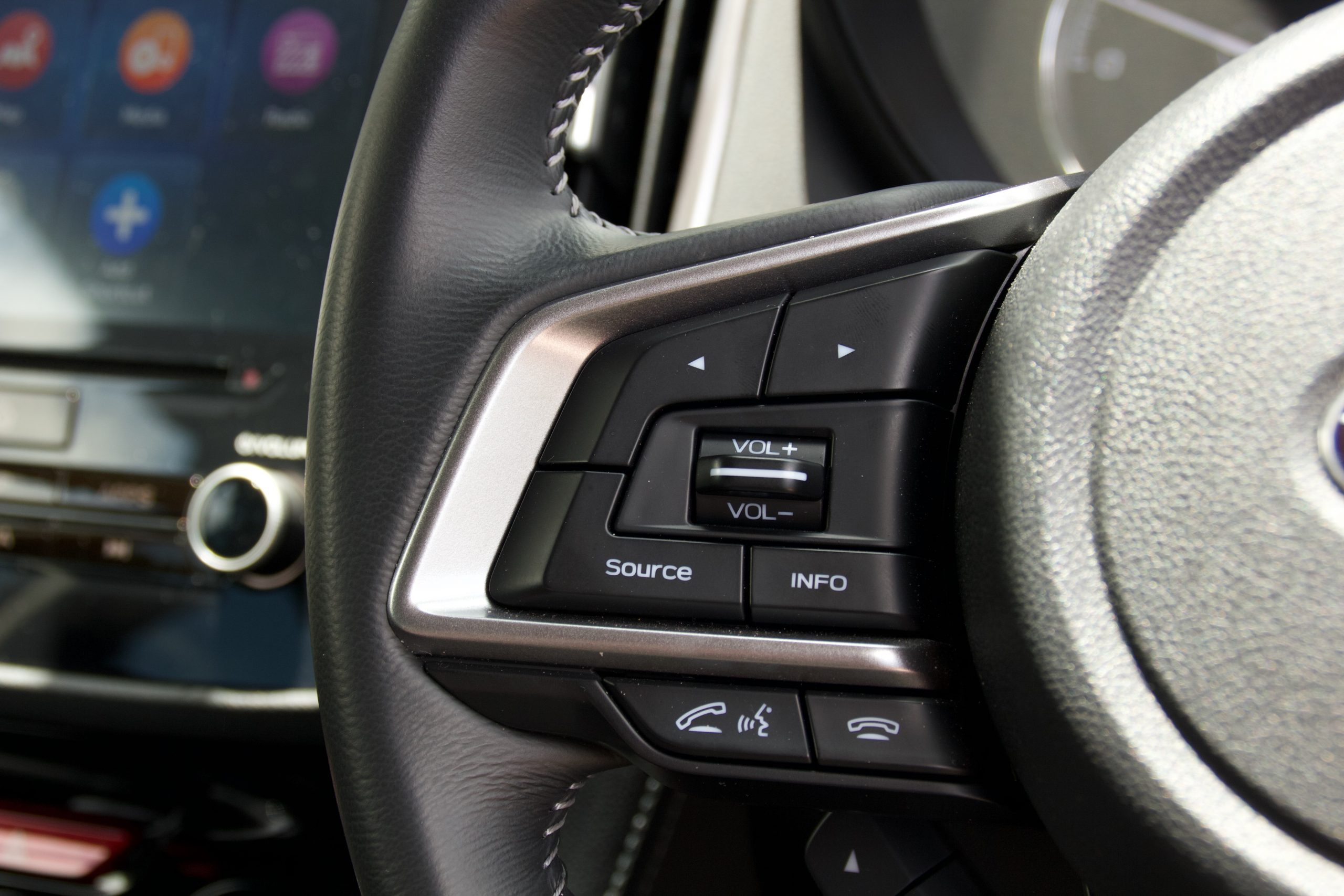
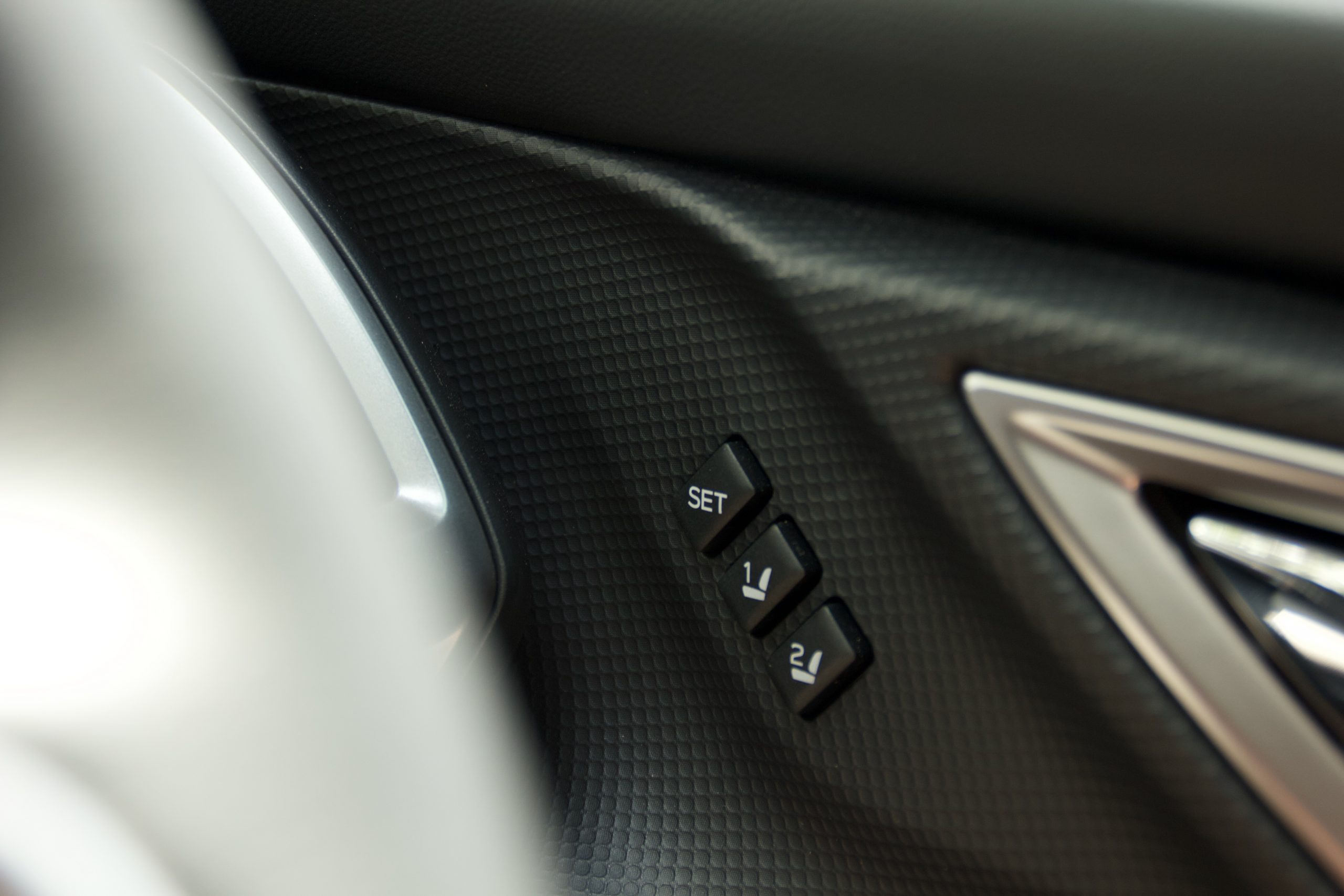
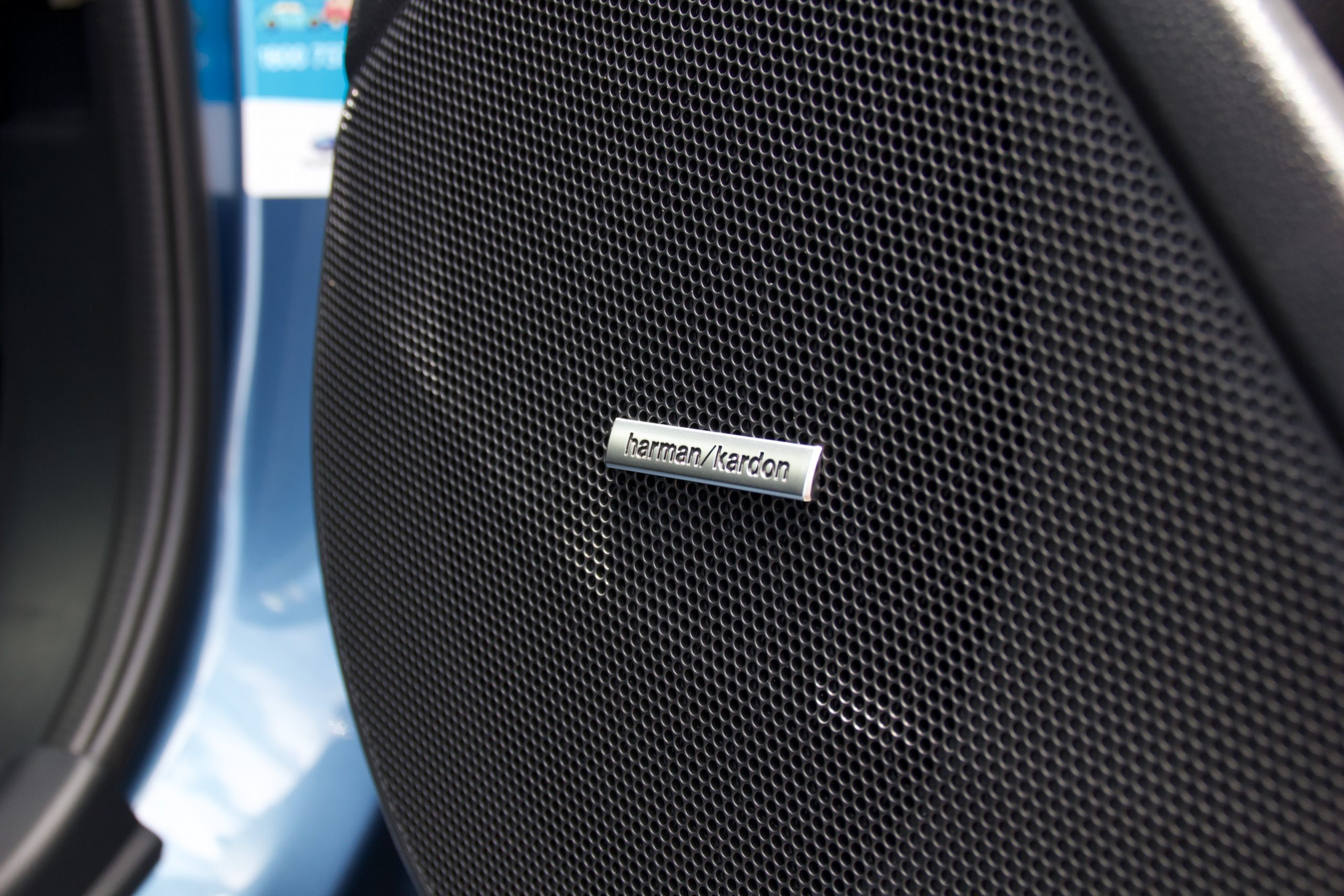
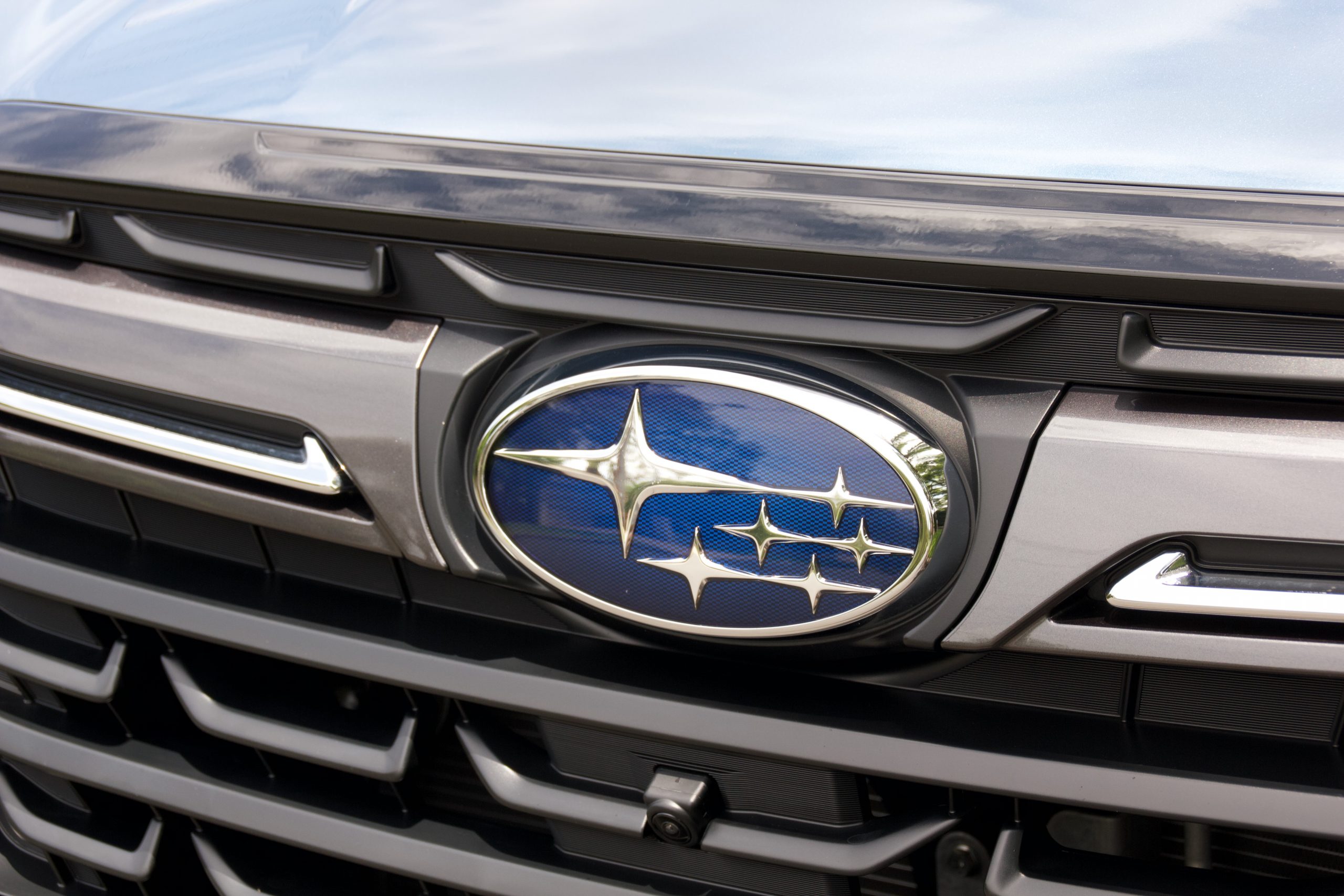
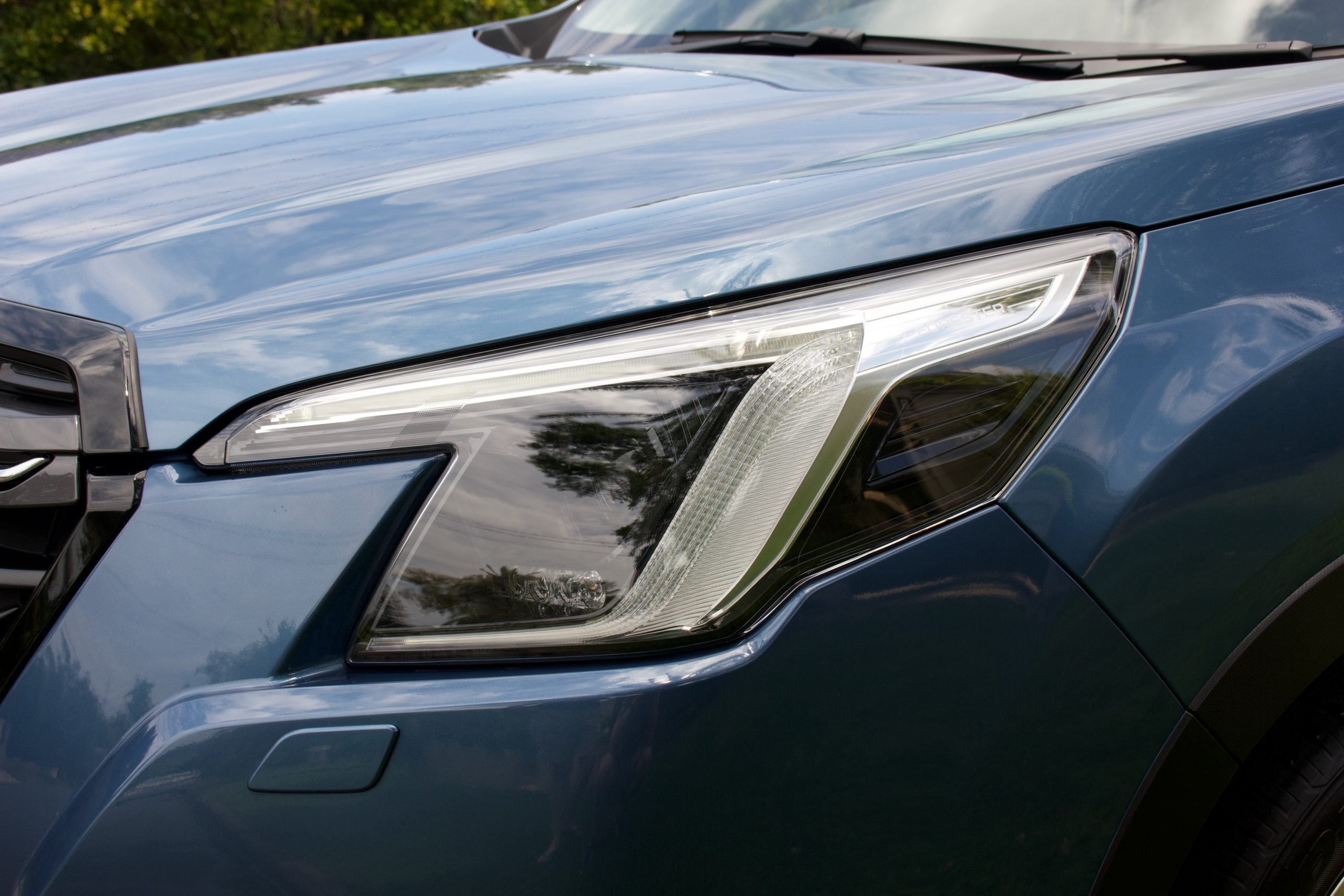
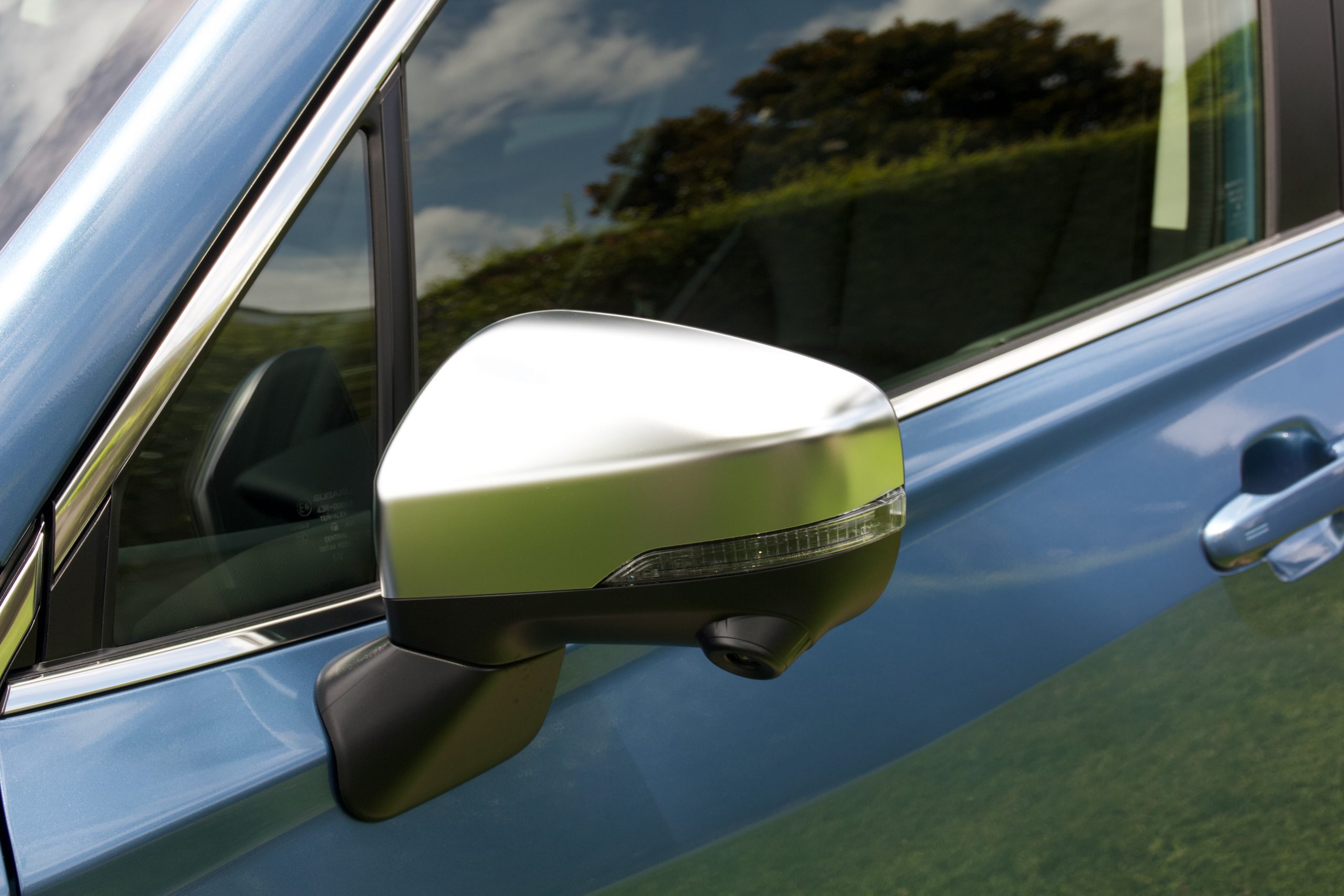
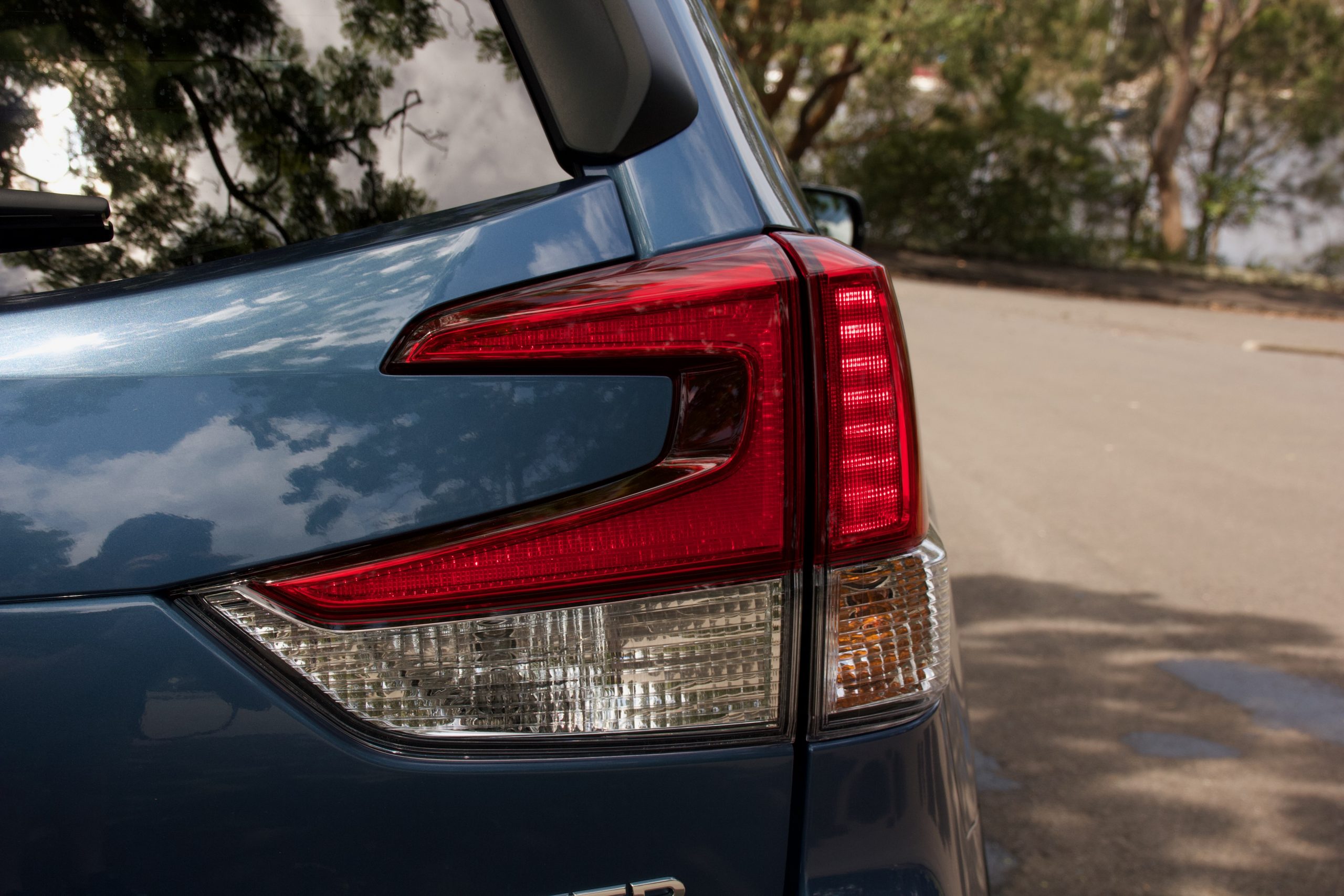
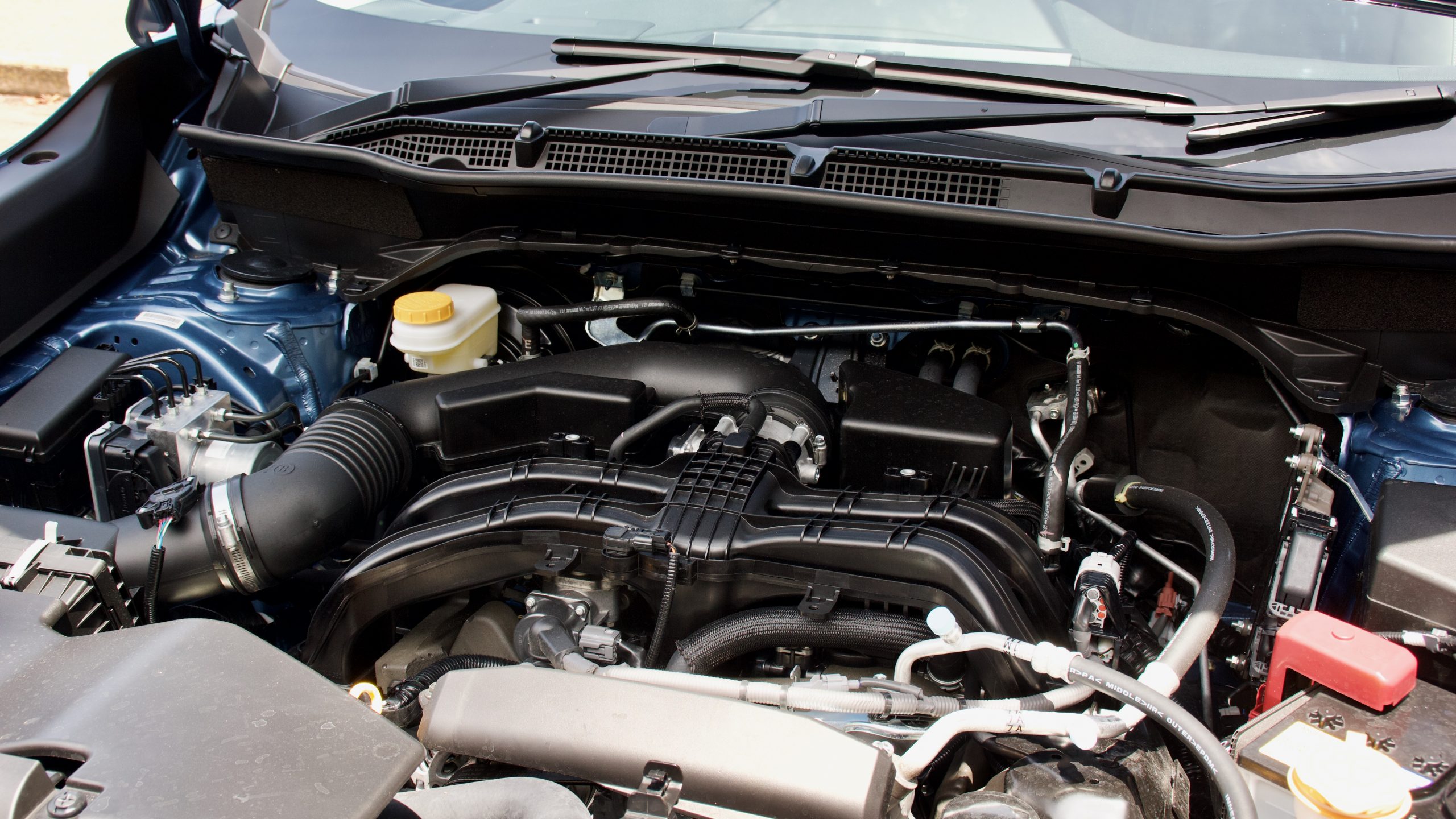
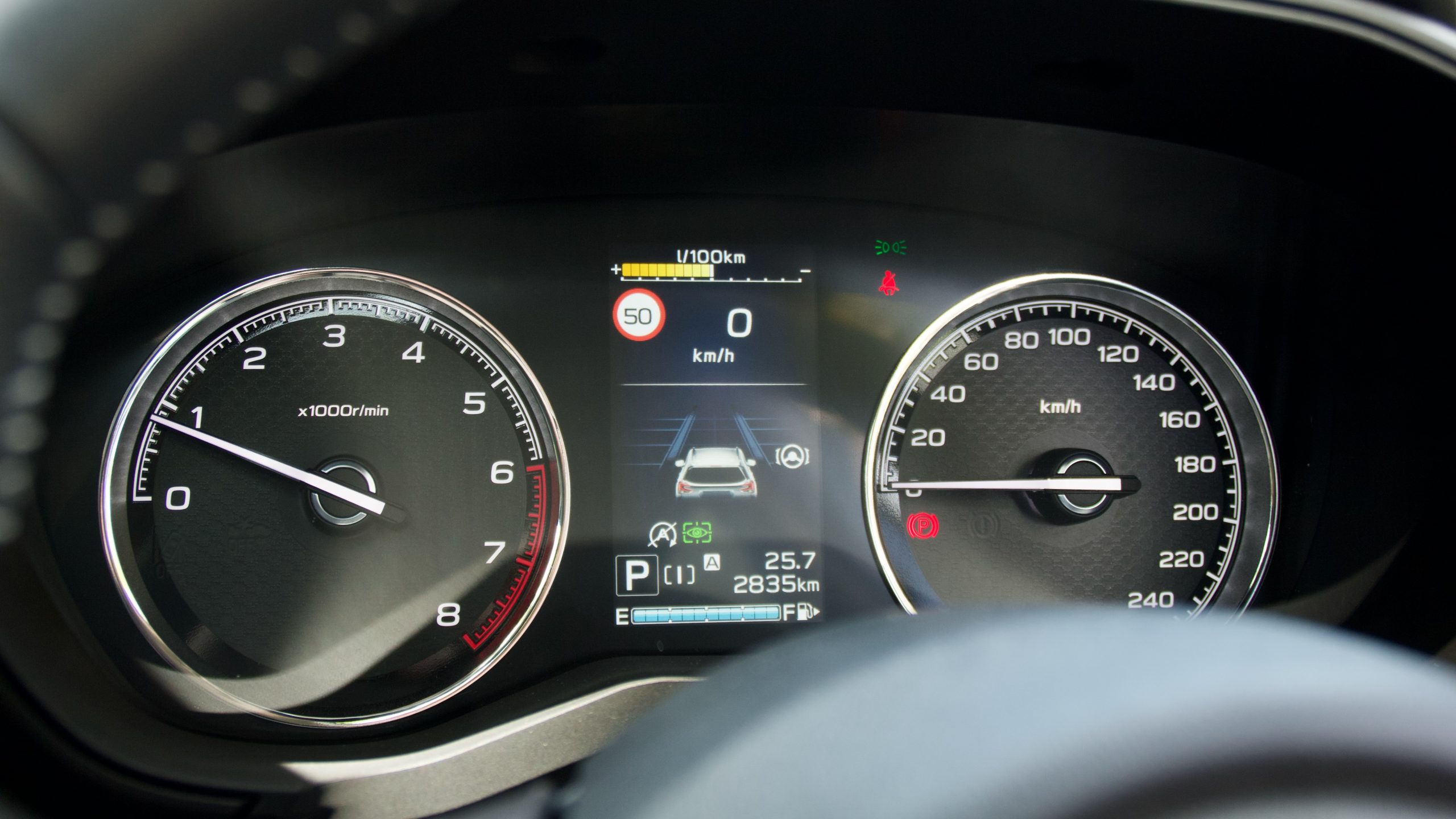
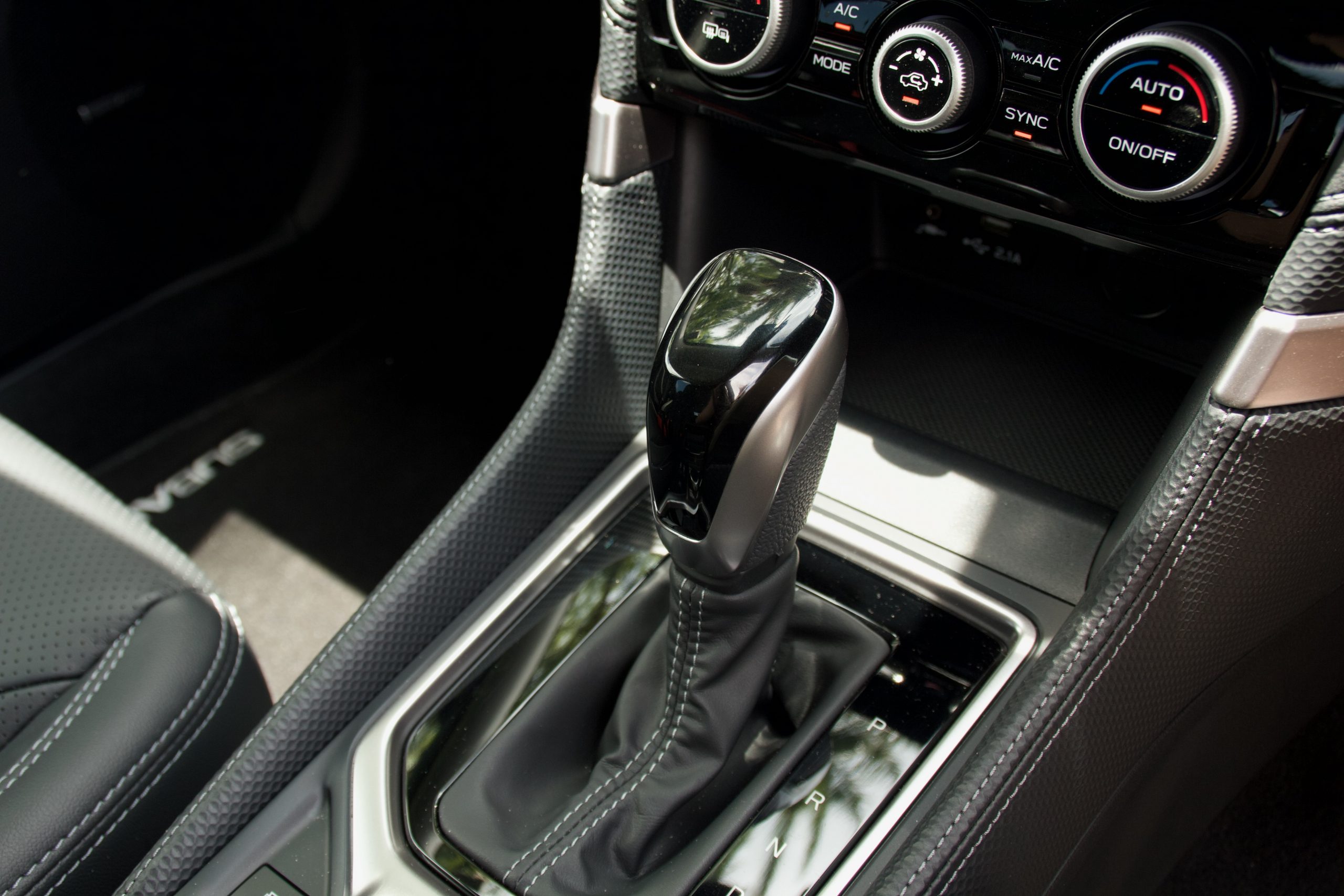
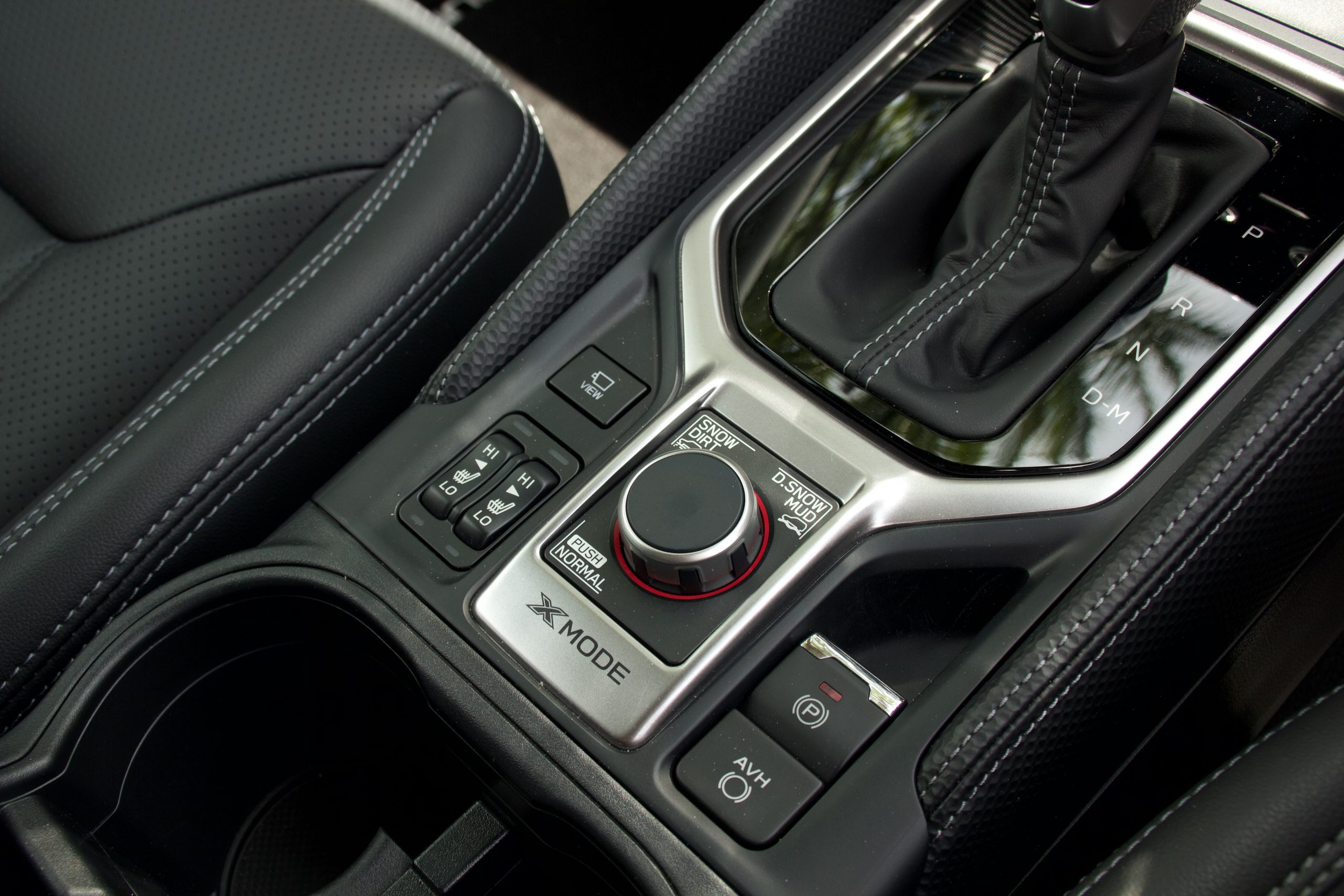
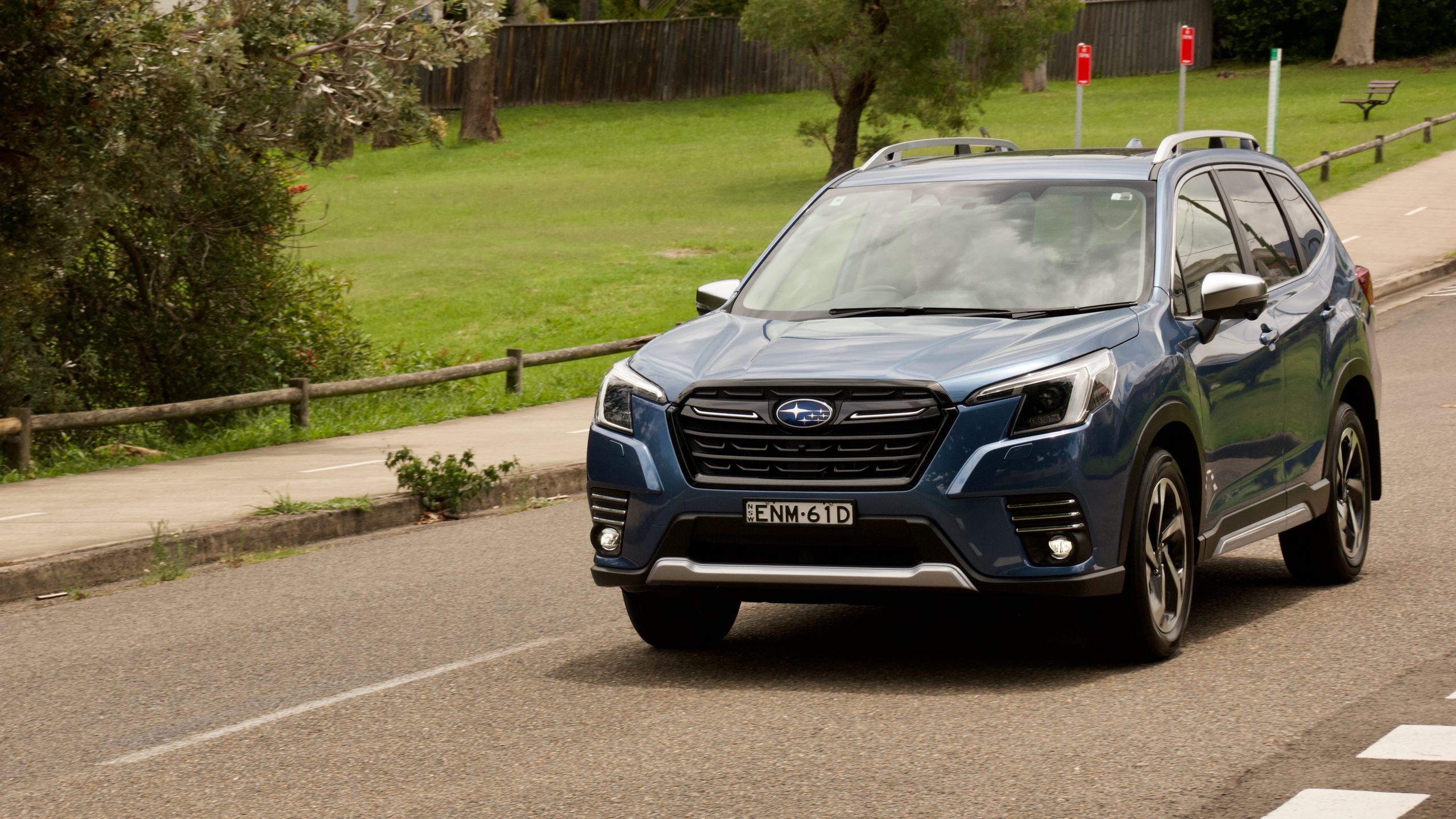
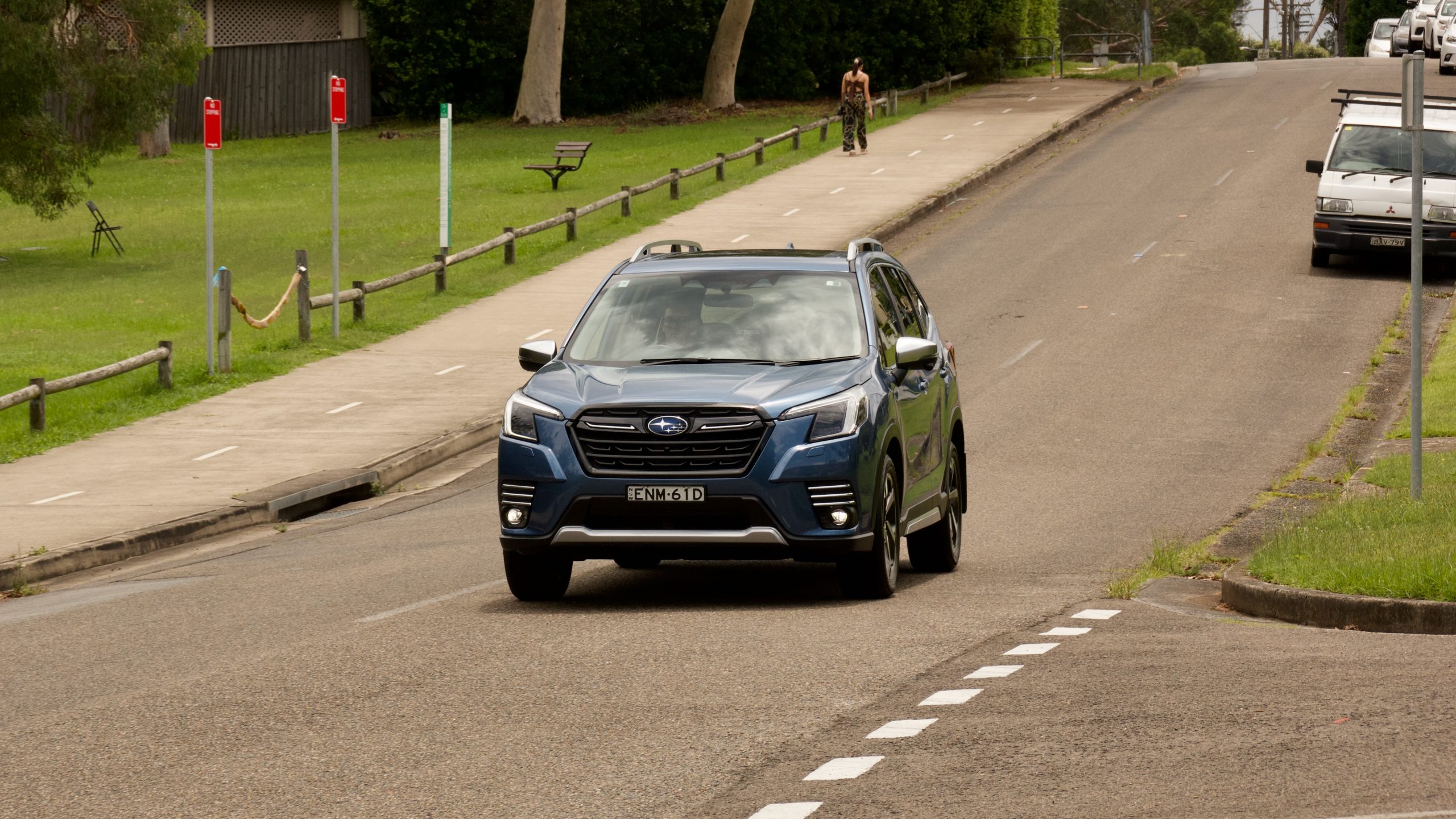
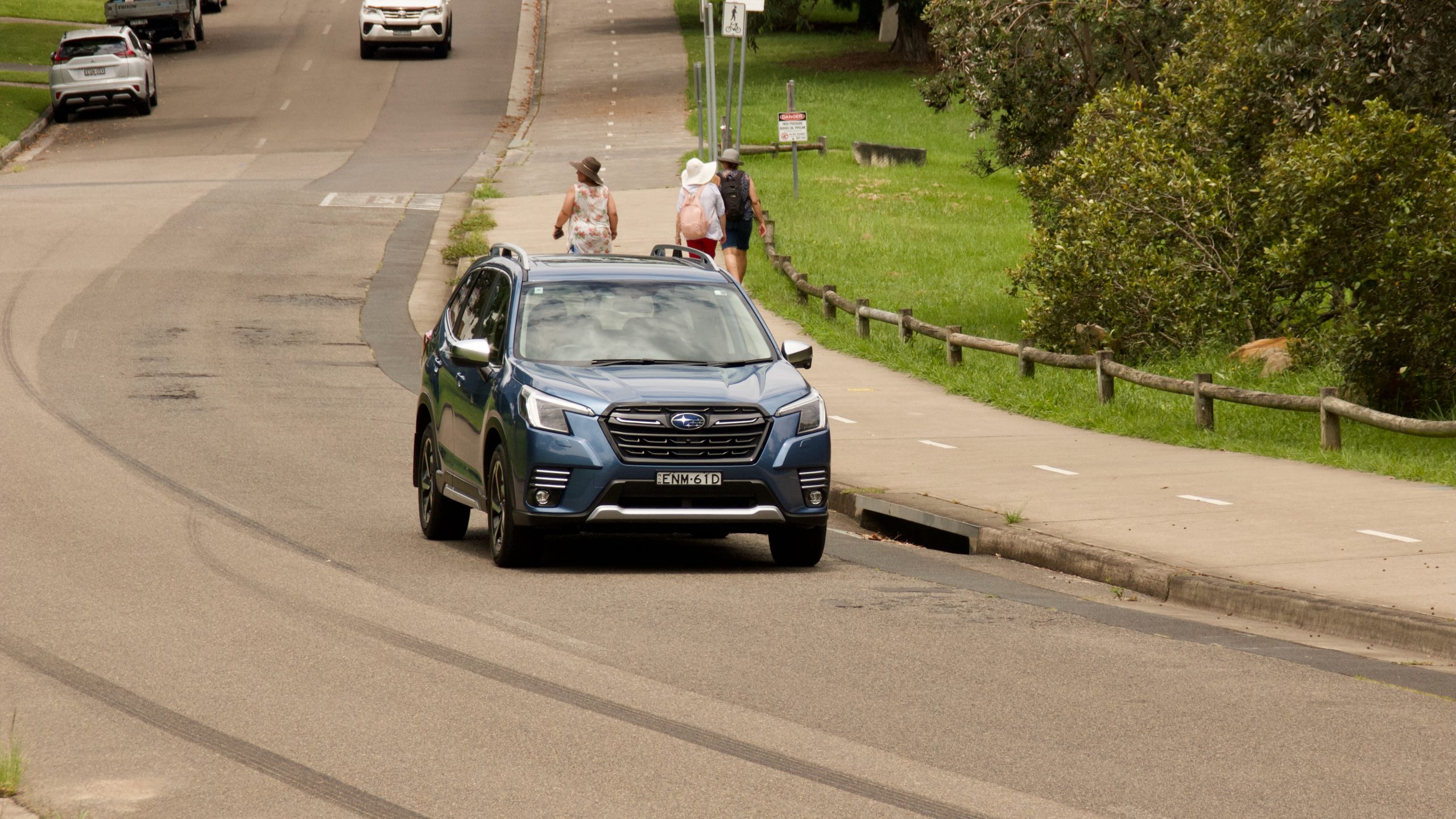
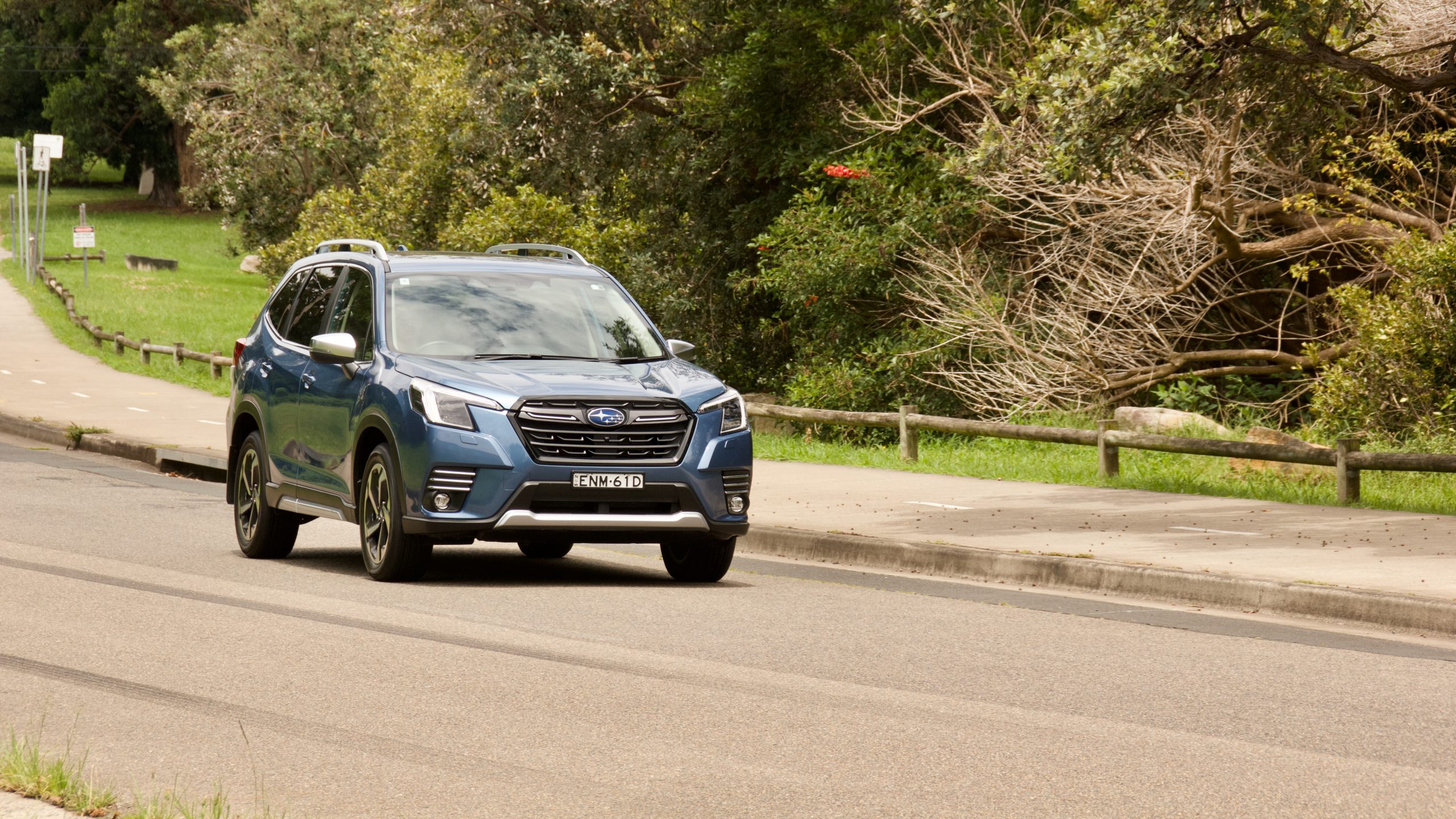
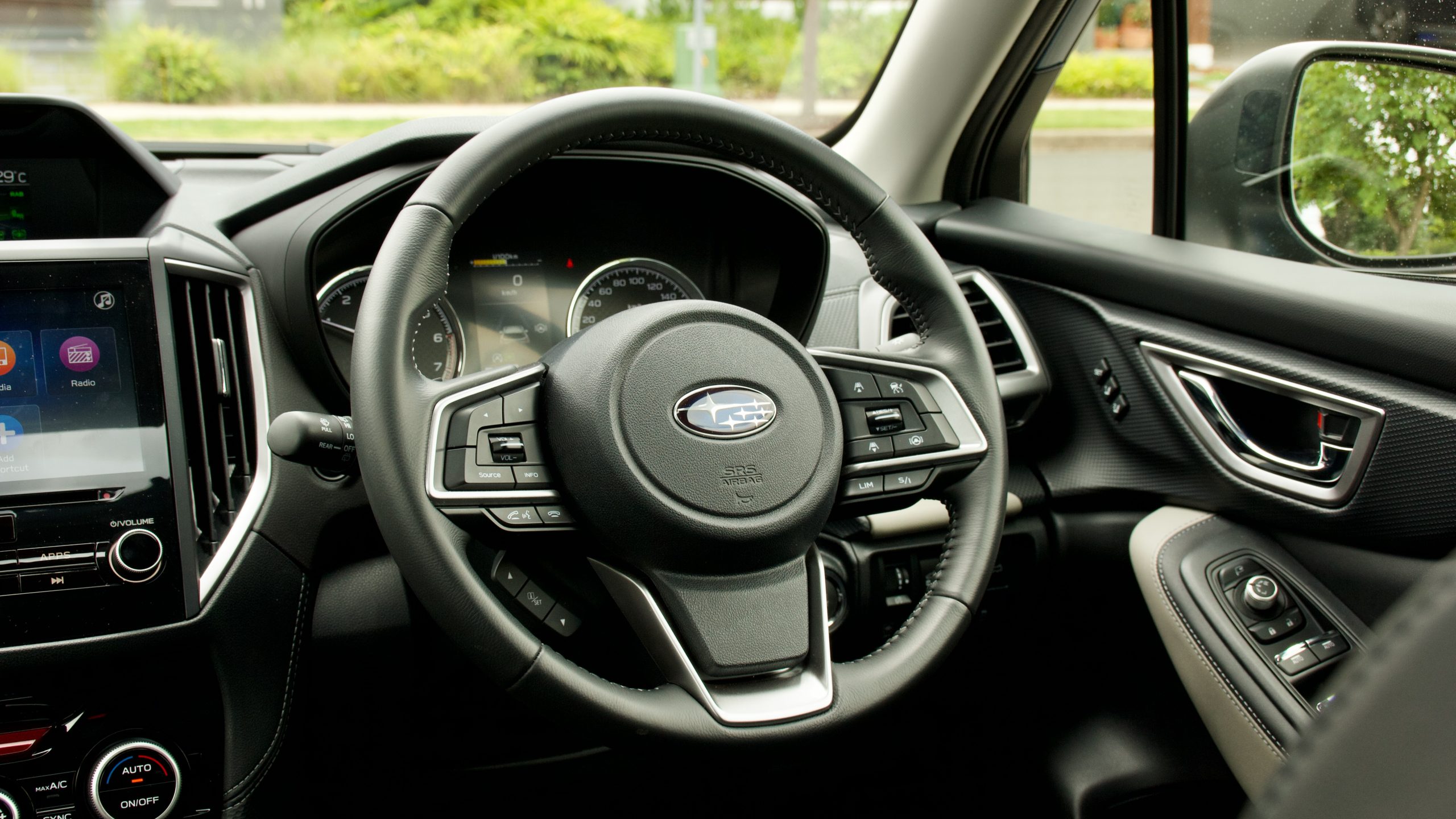
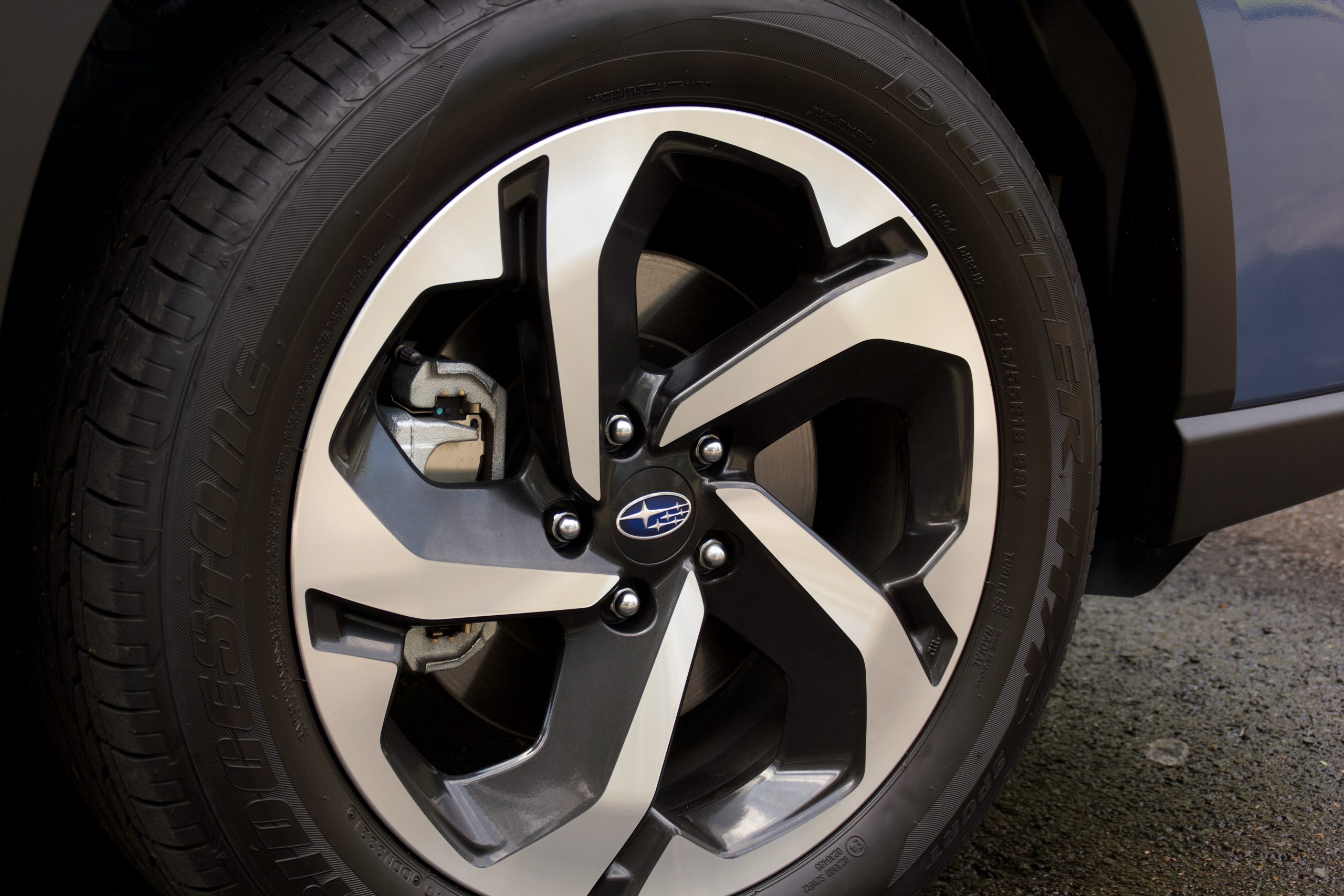
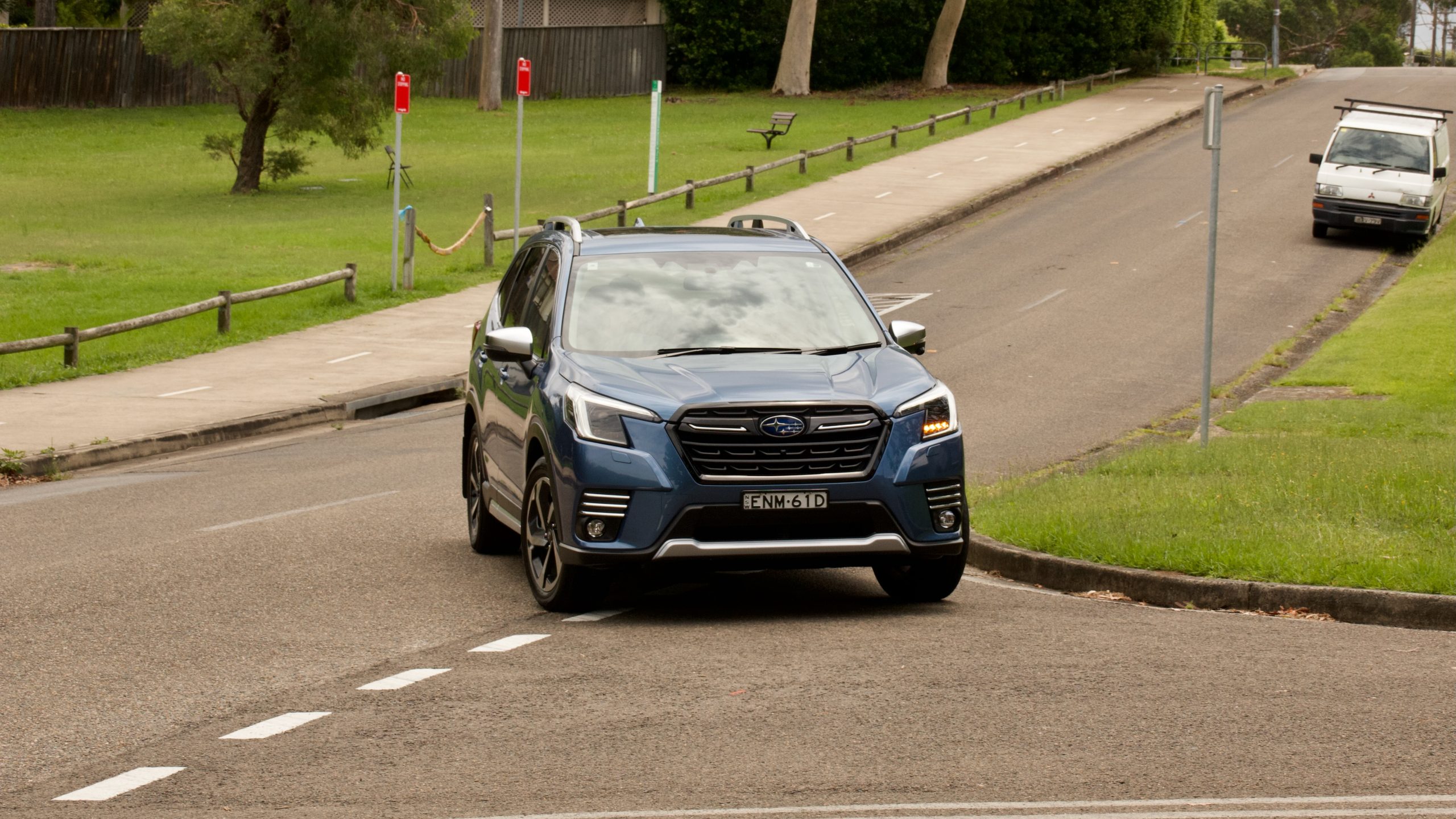
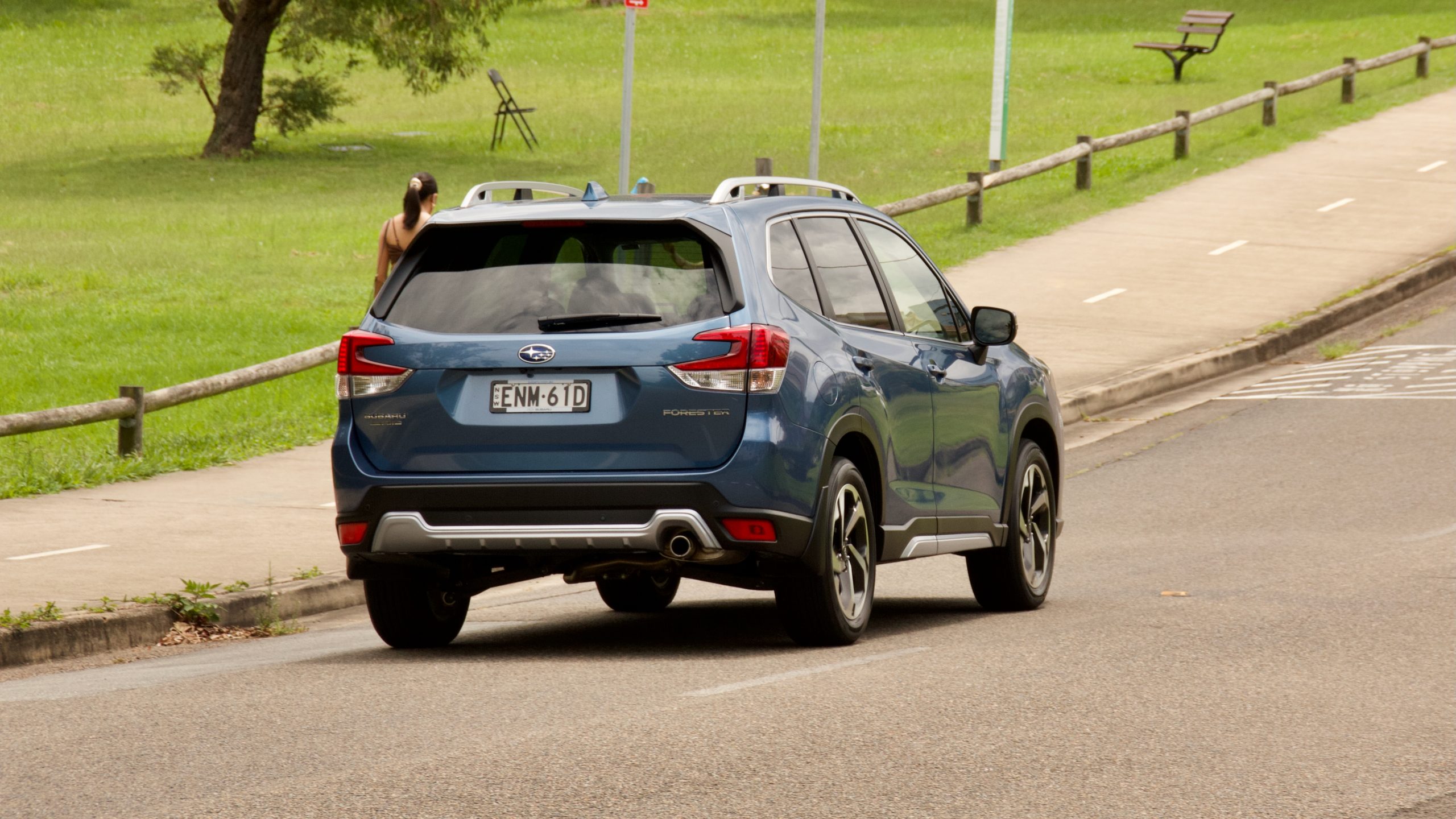
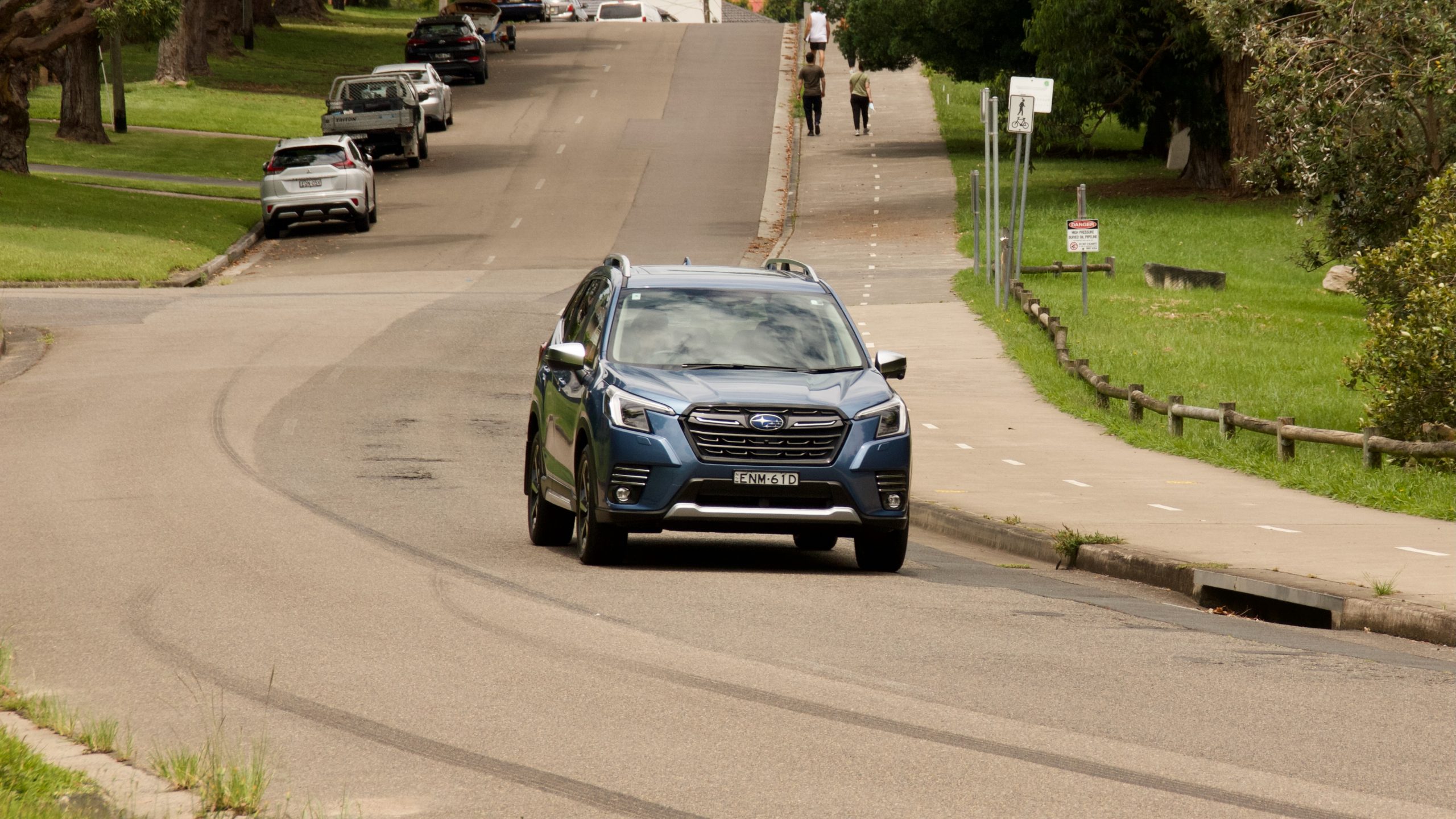
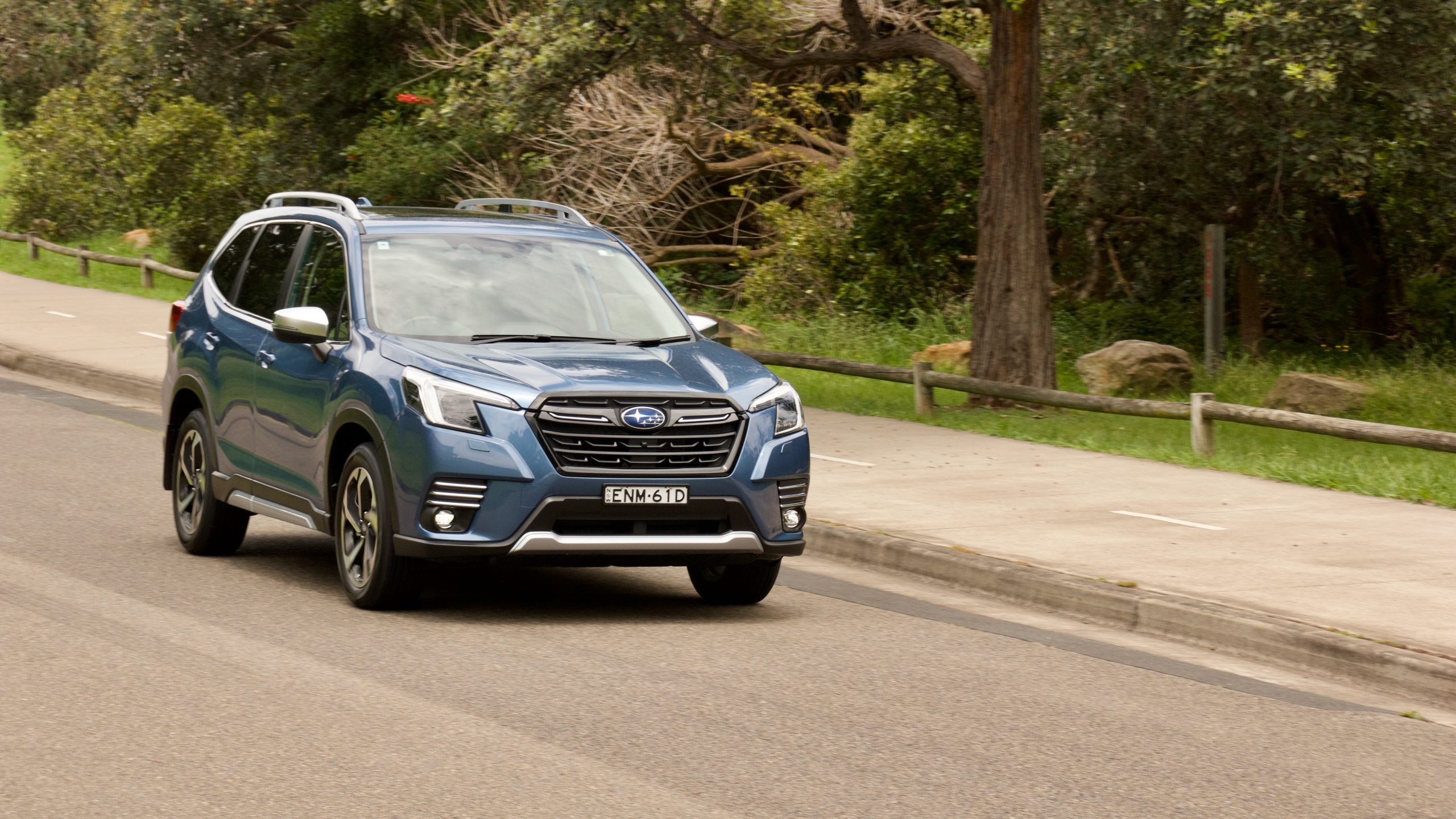
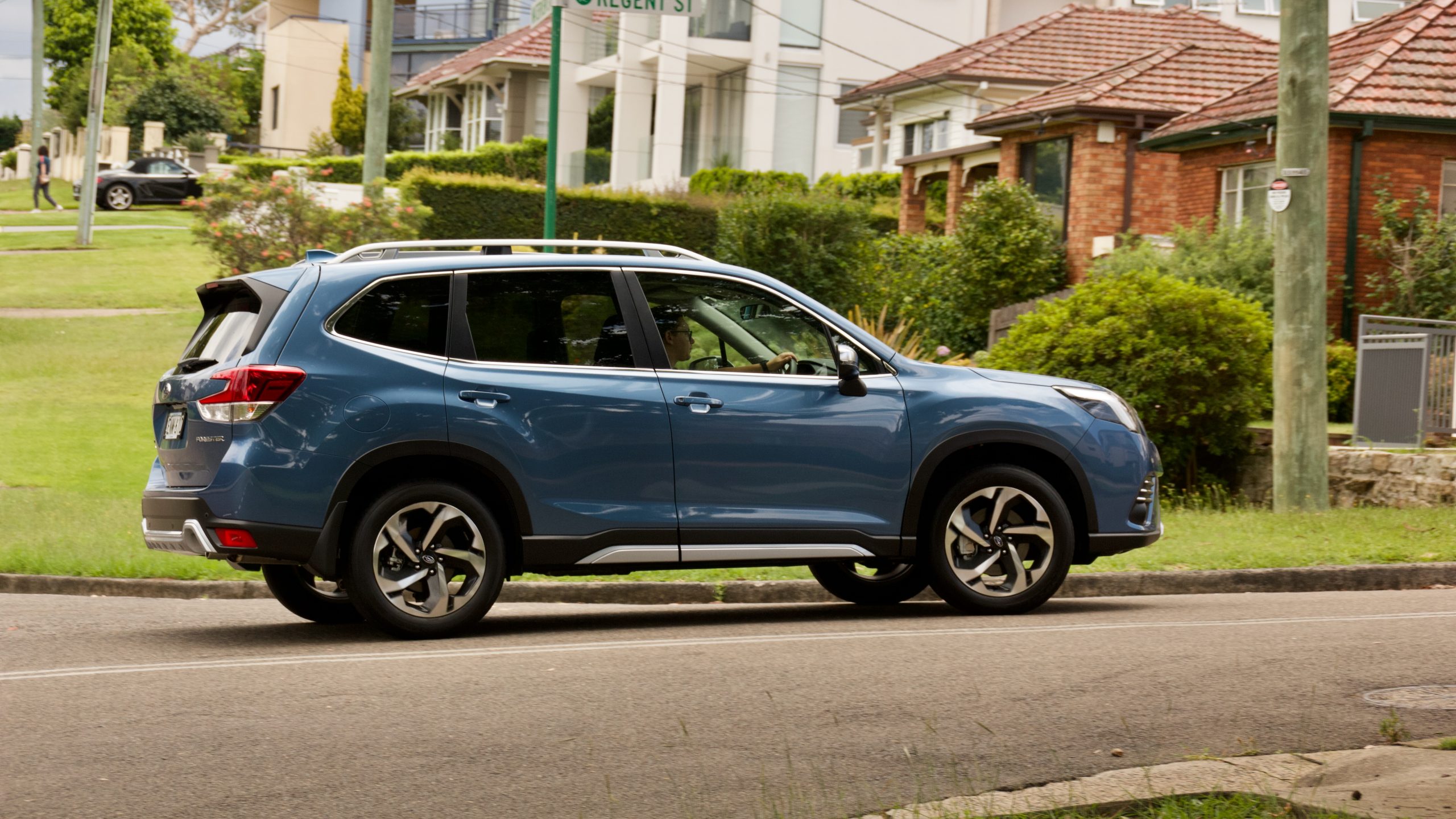
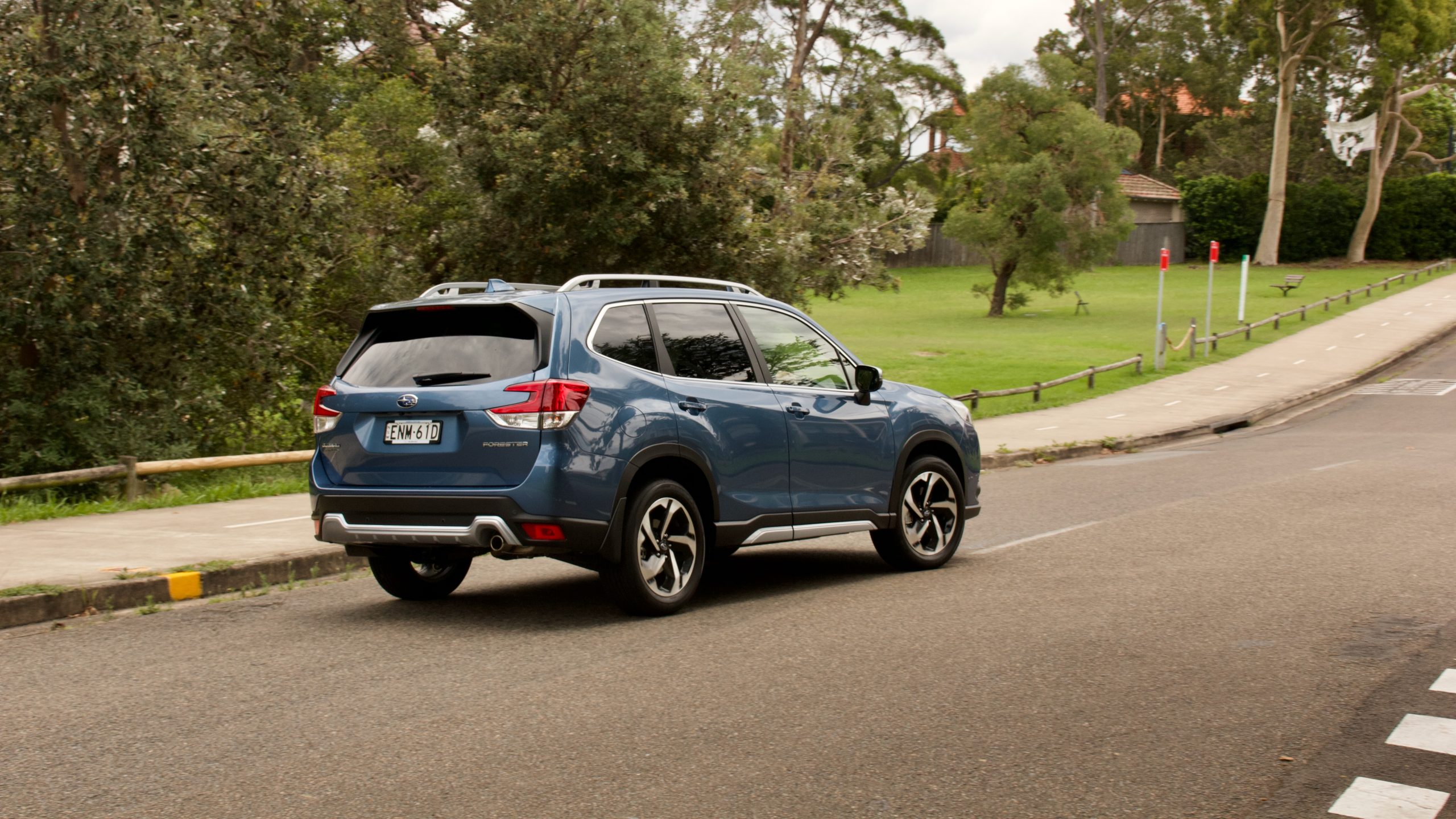
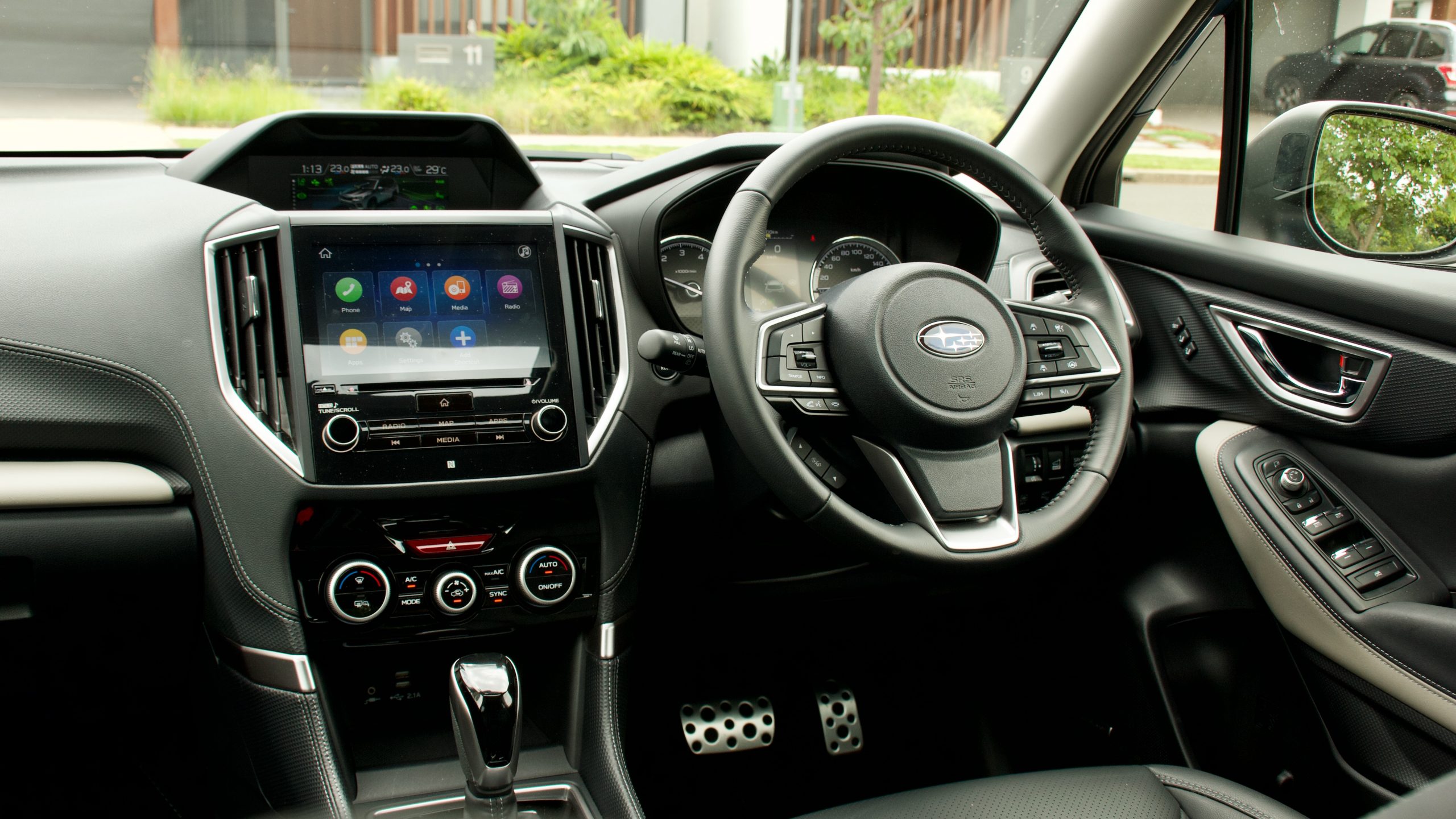
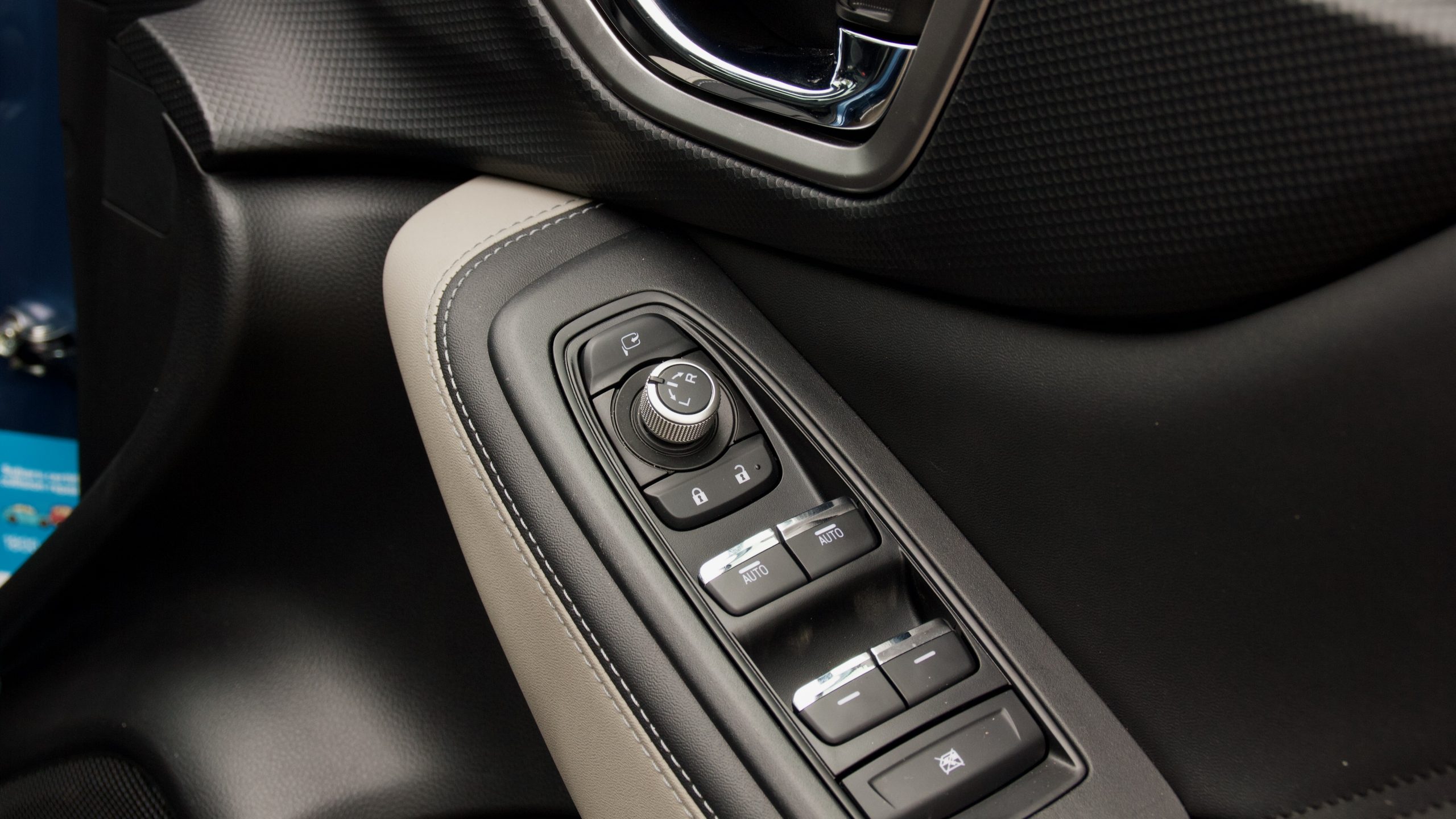
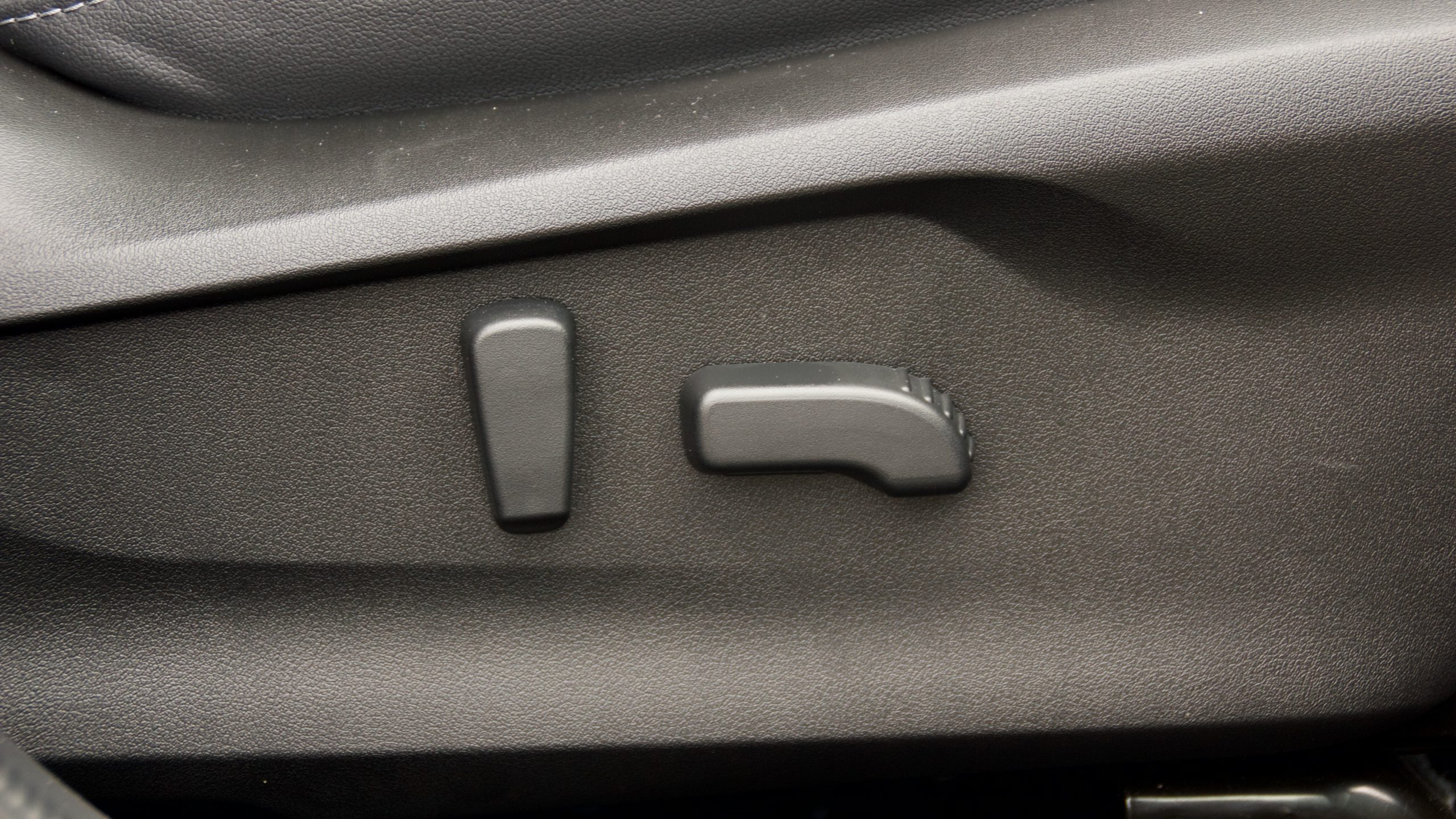
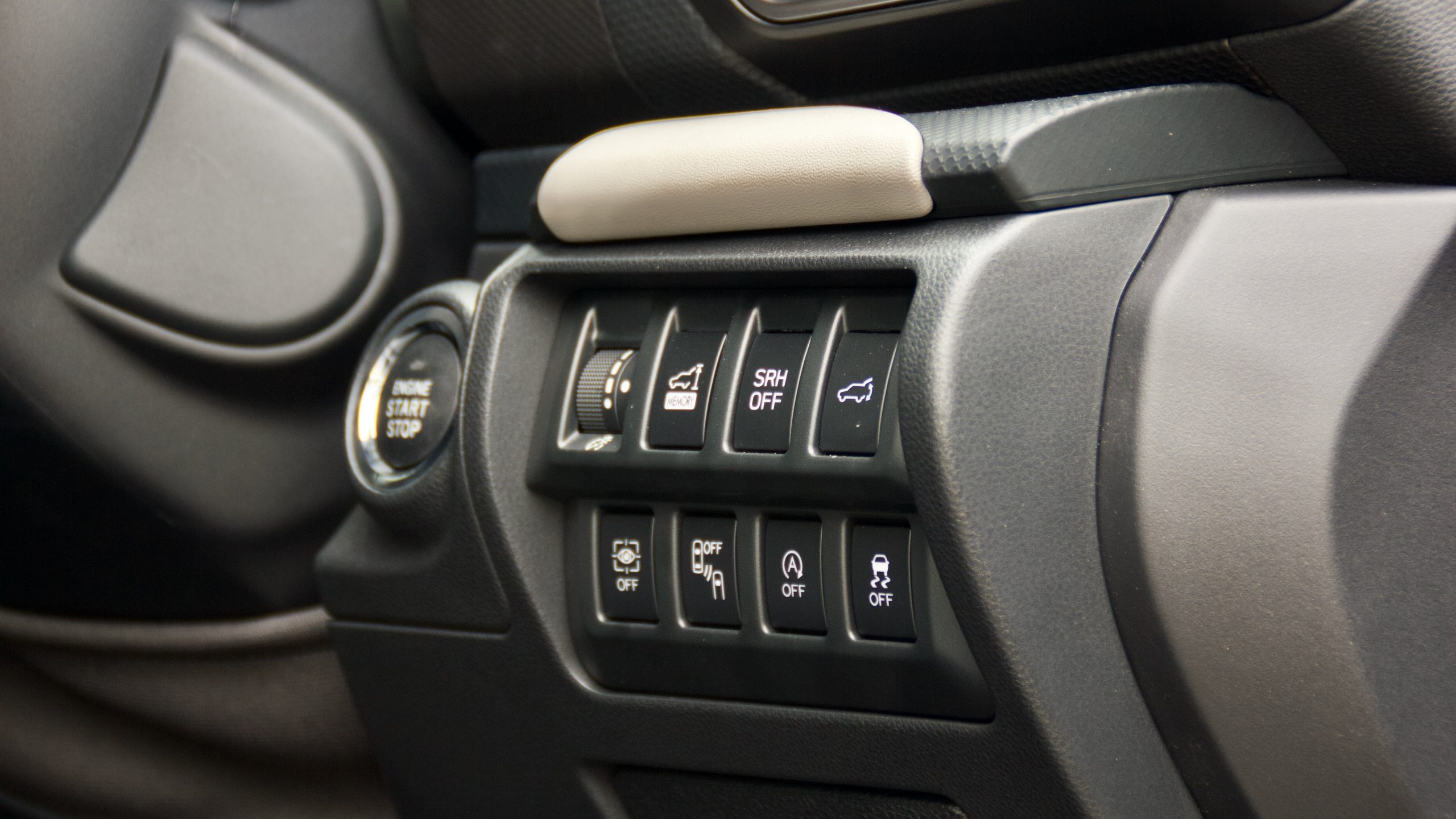
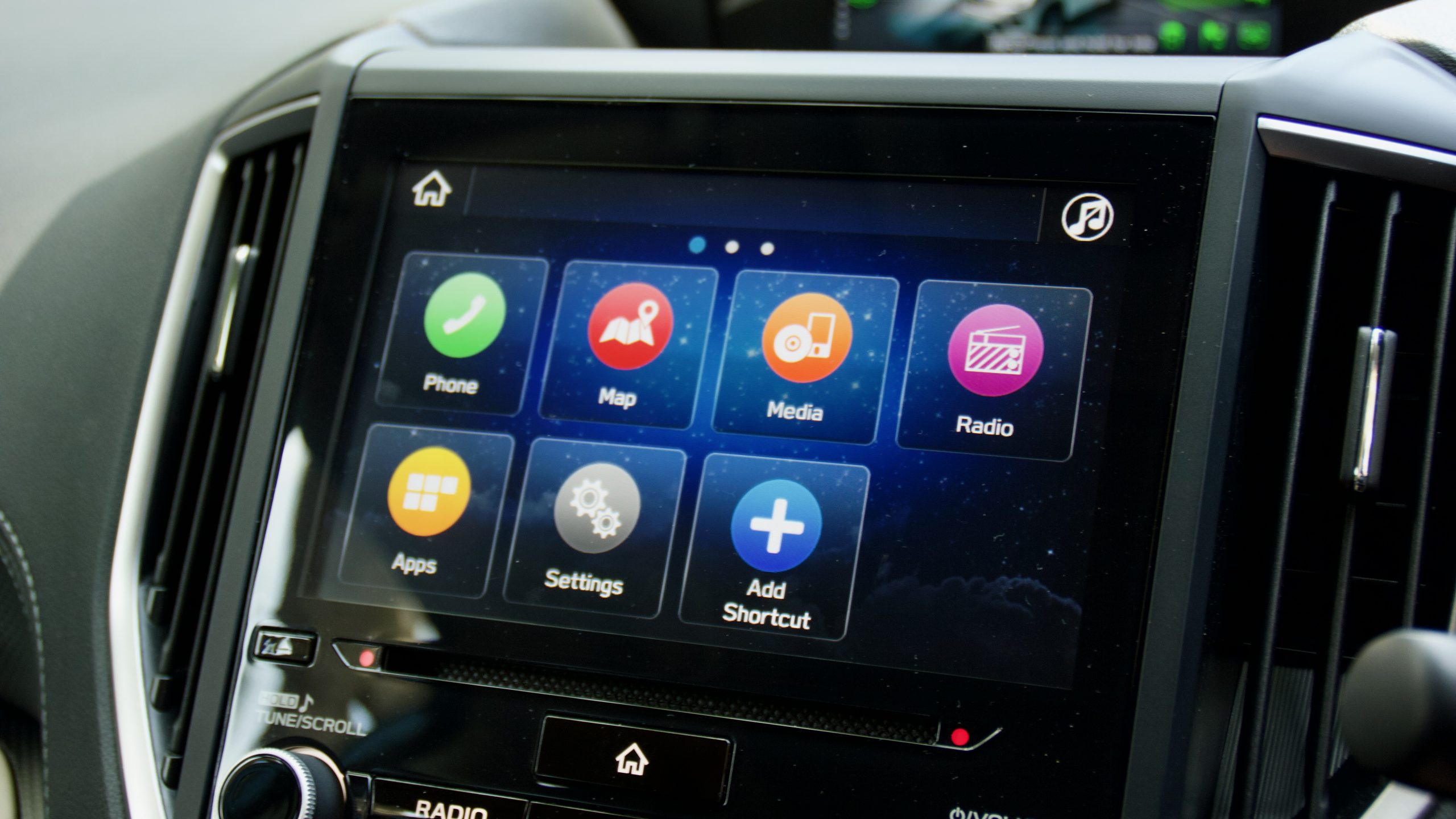
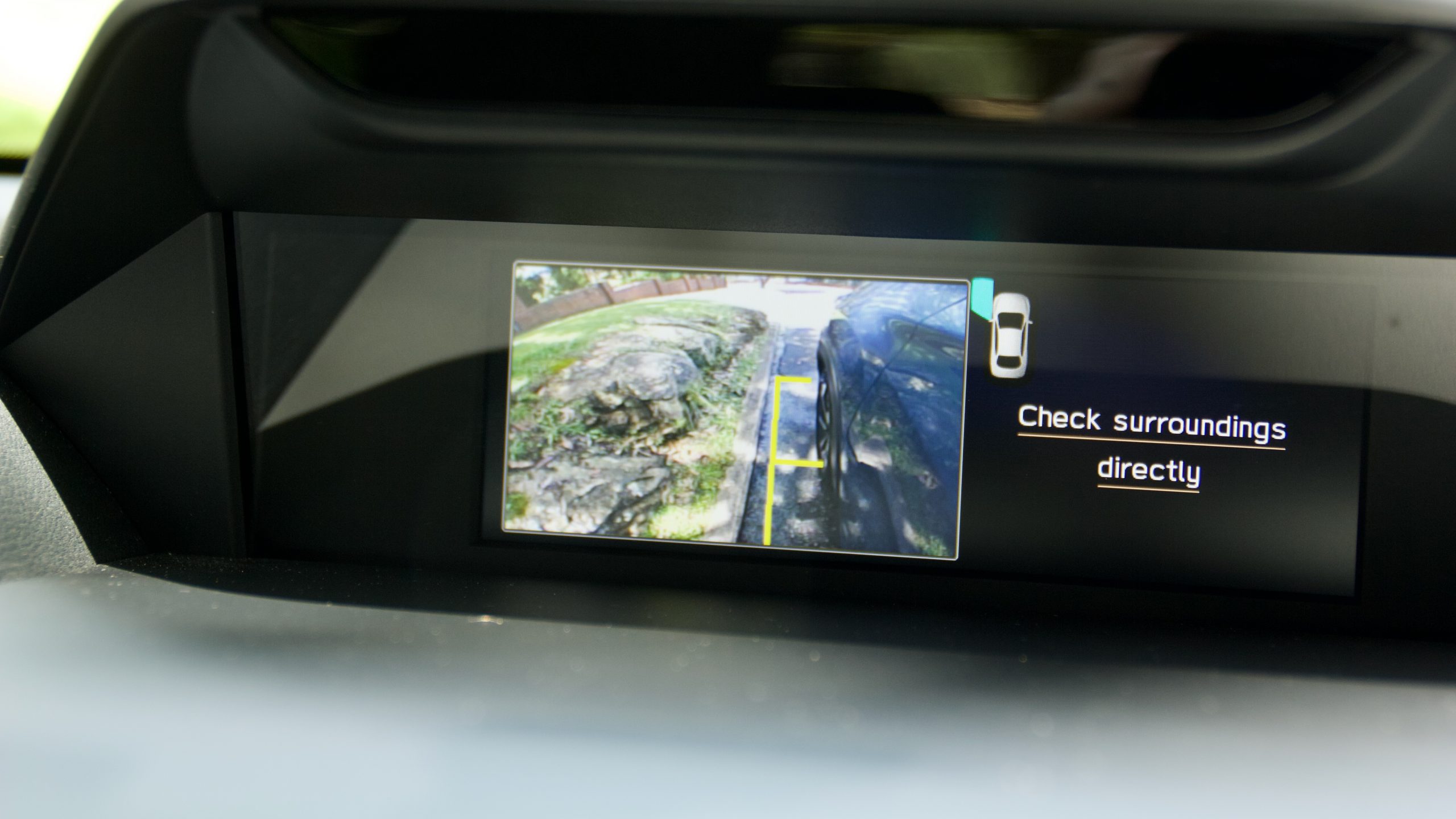
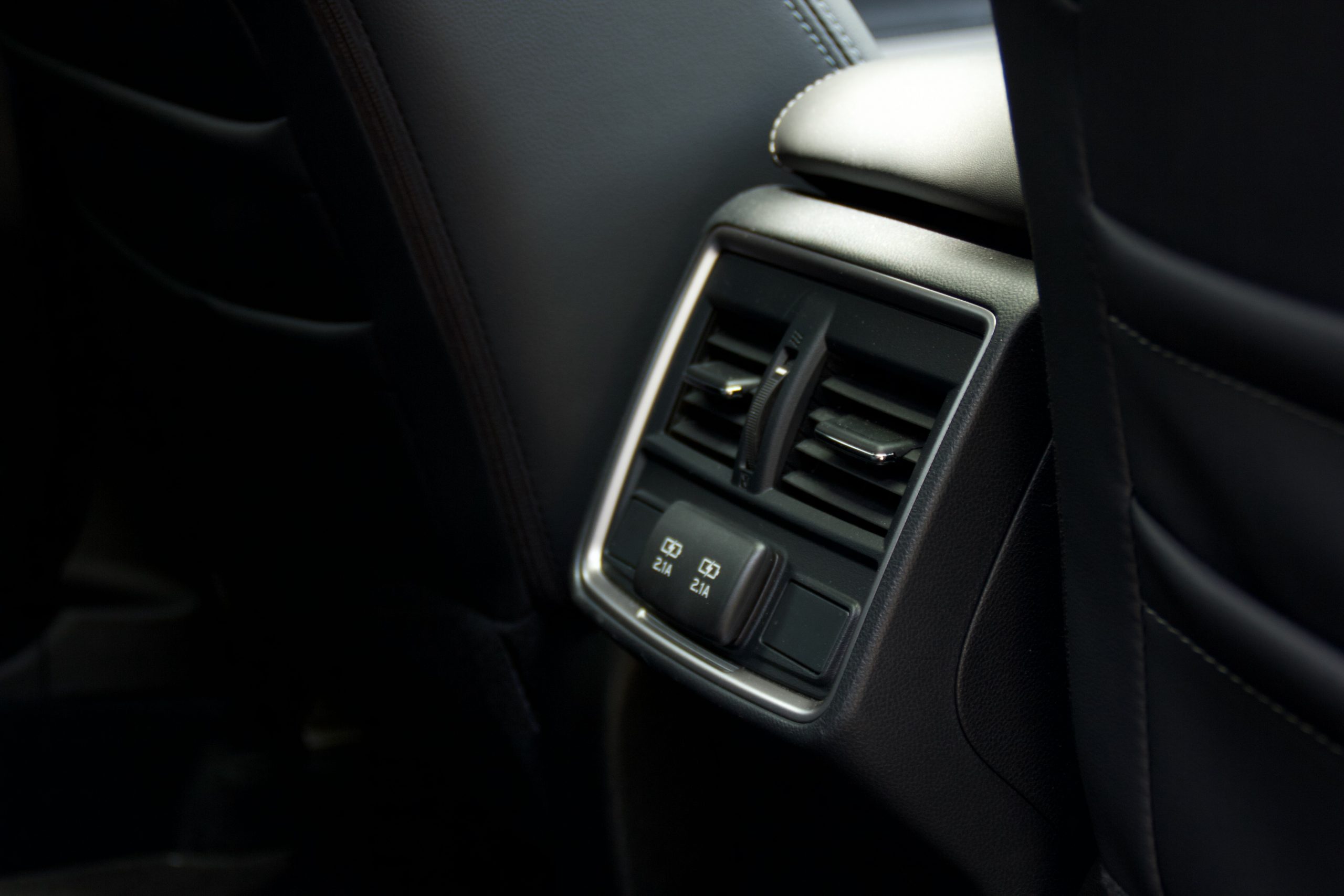
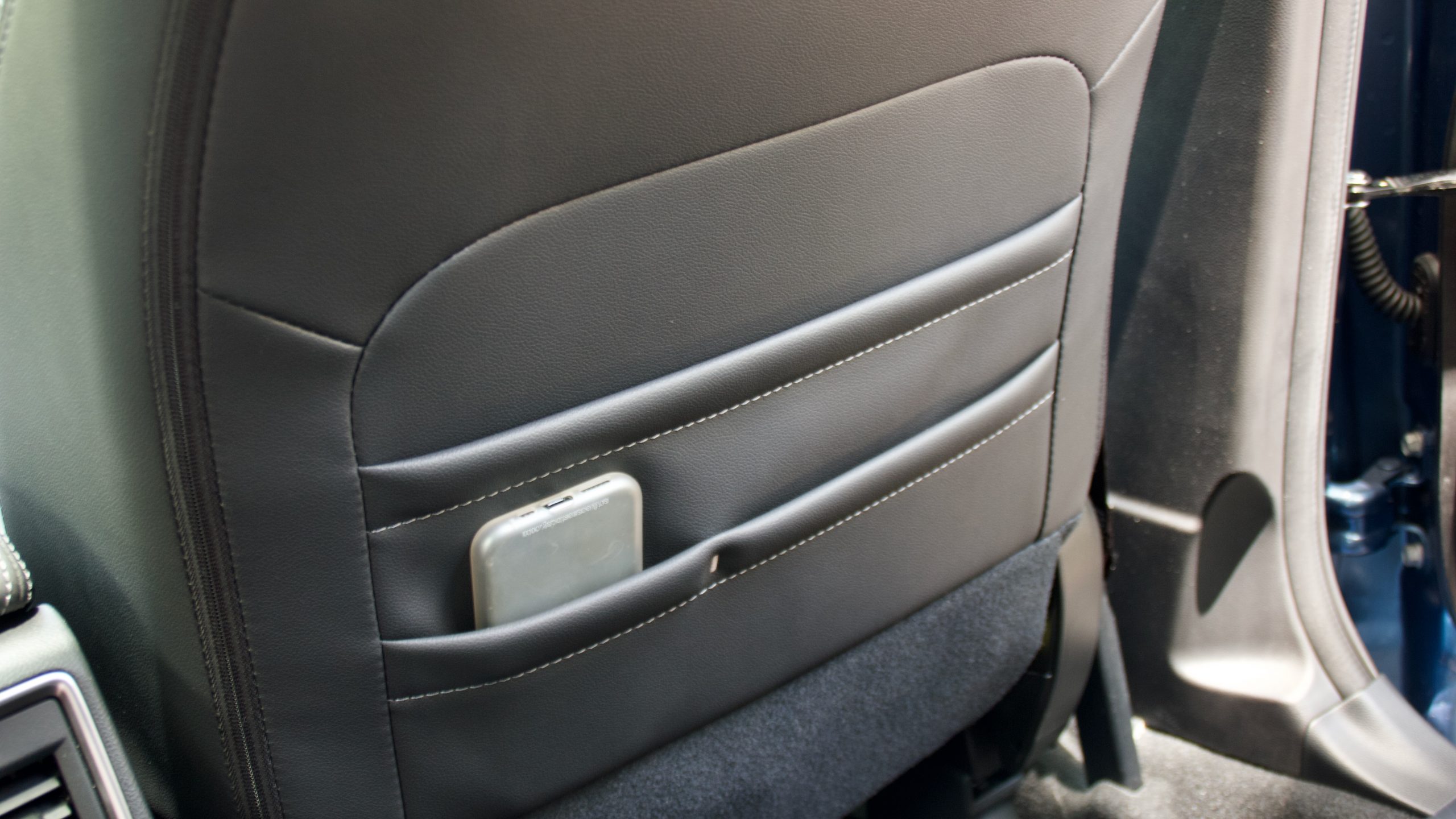
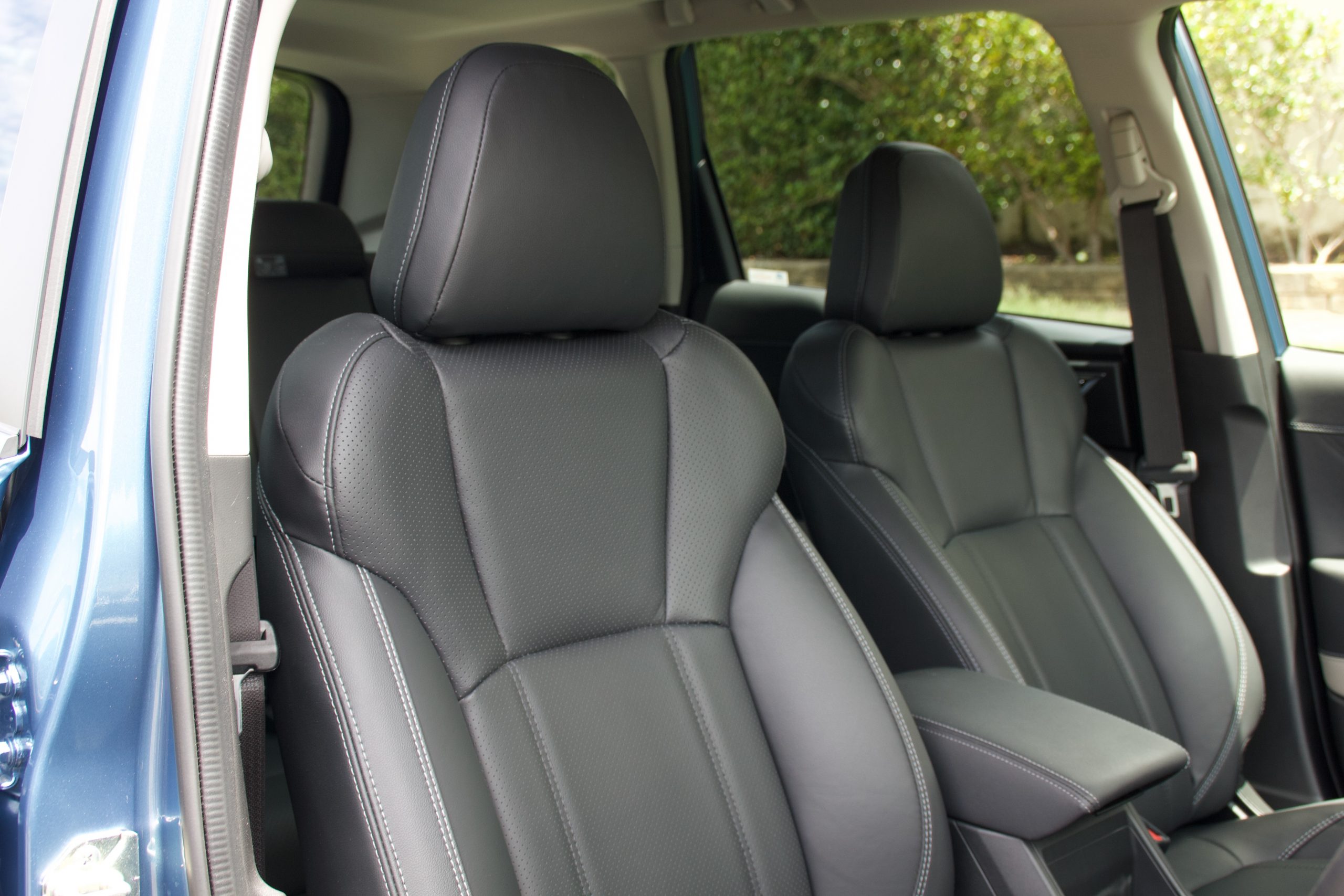
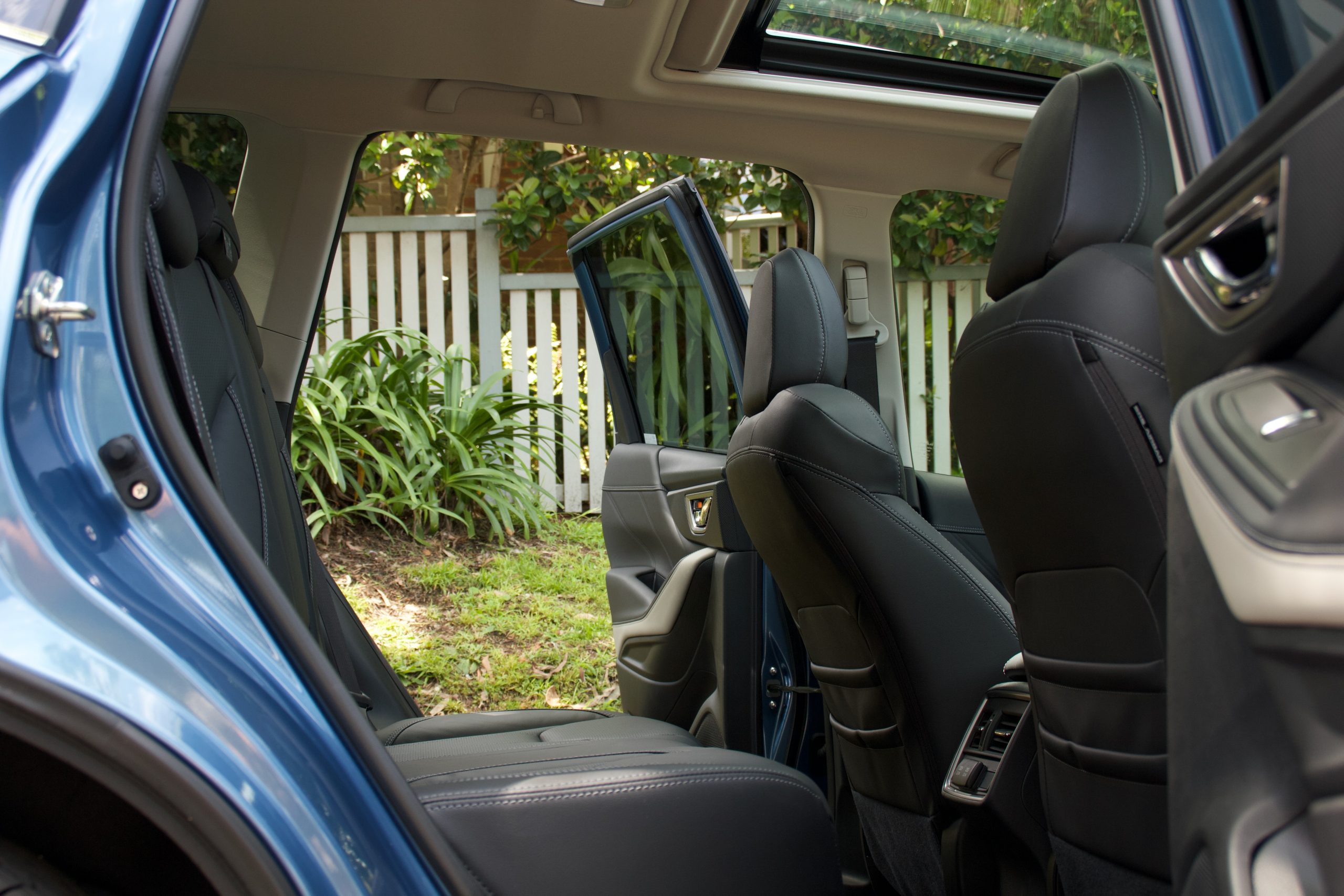
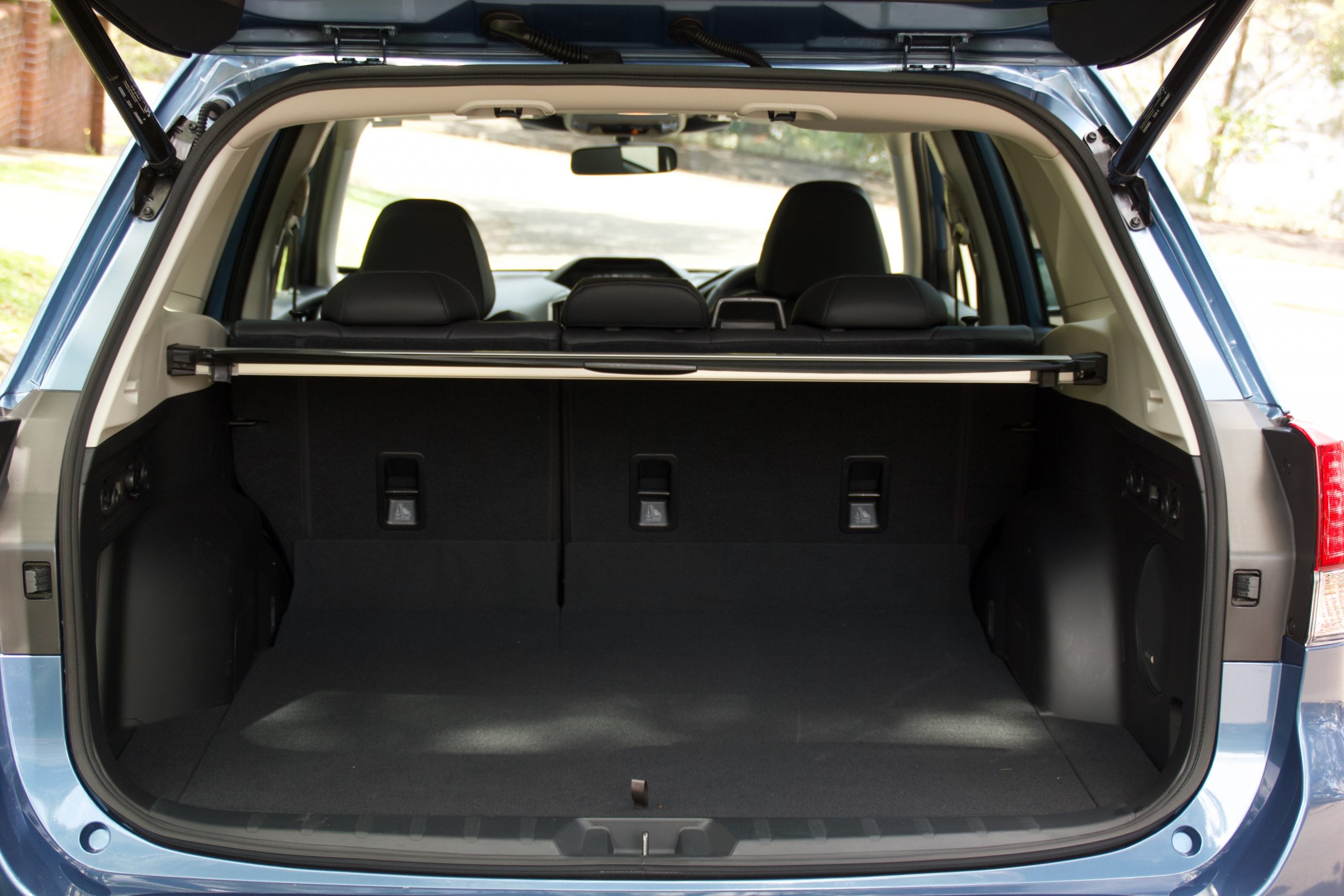
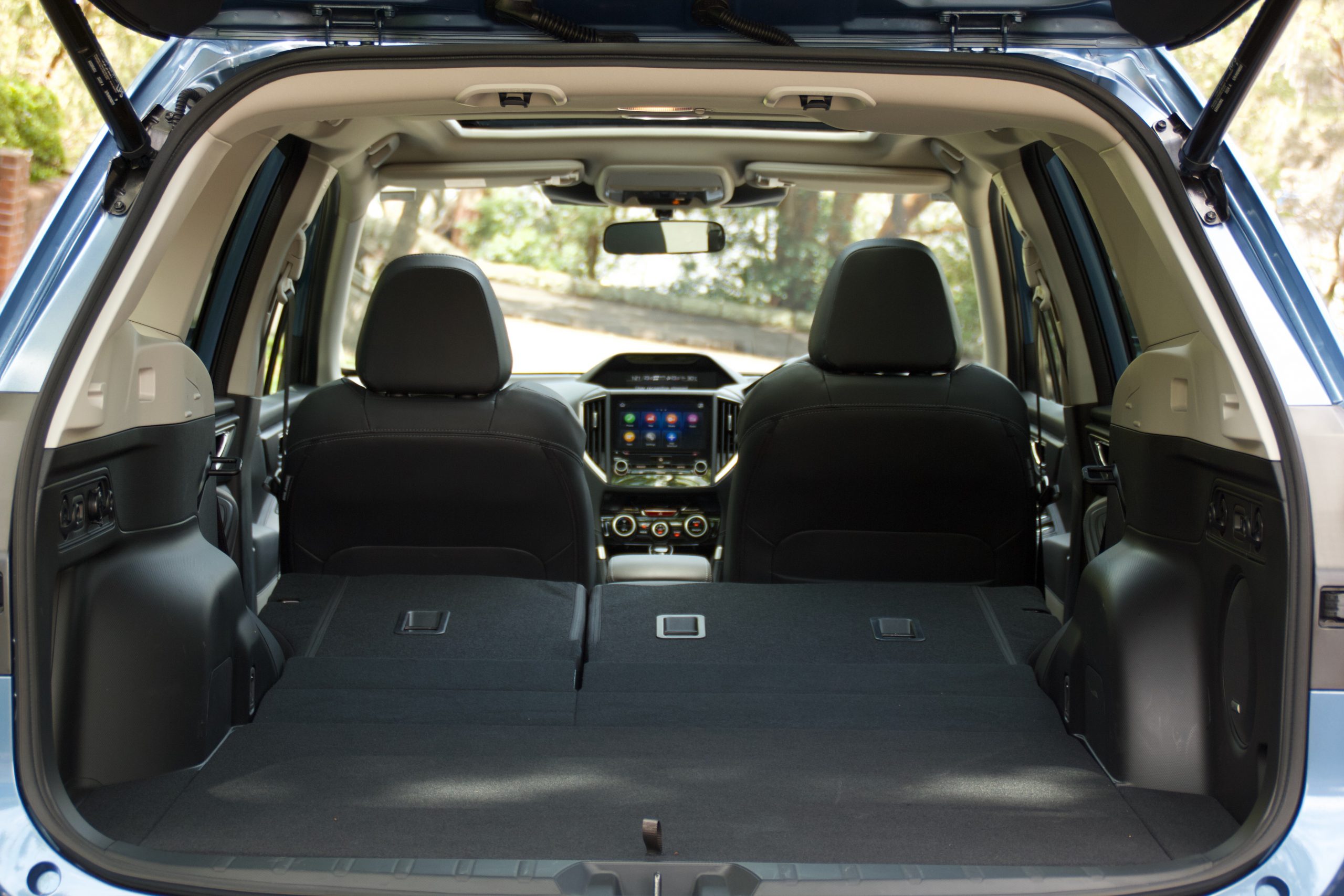
Leave a Reply